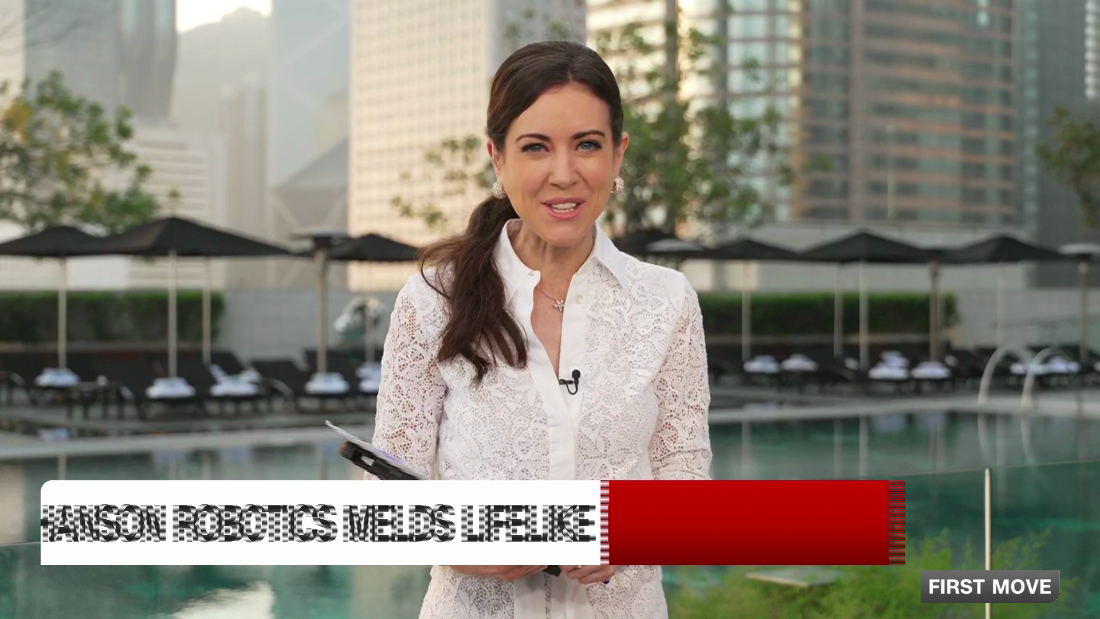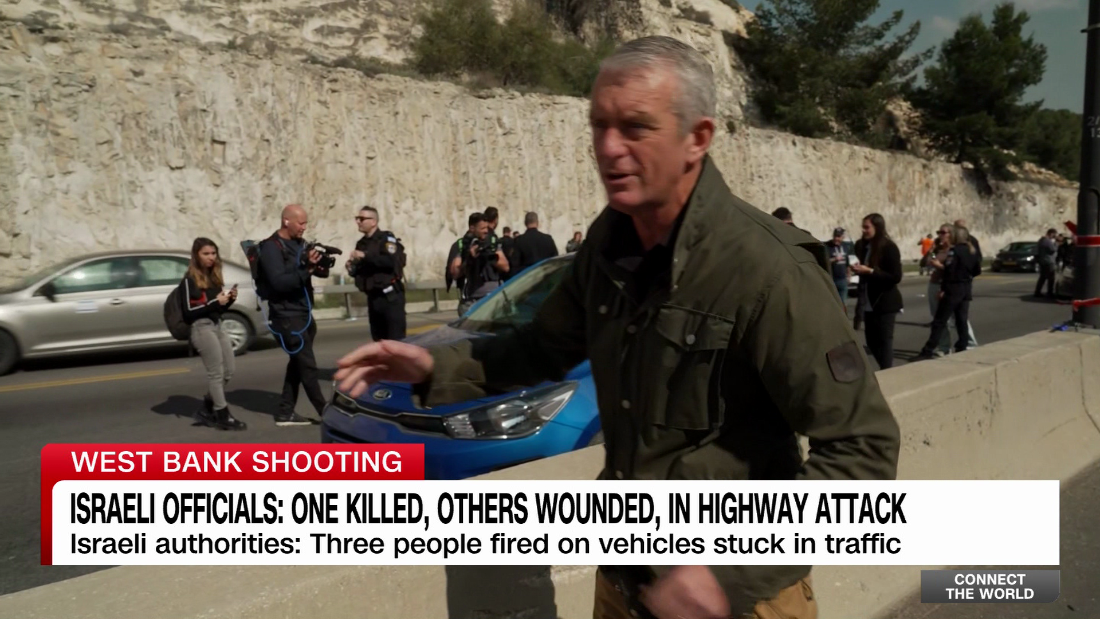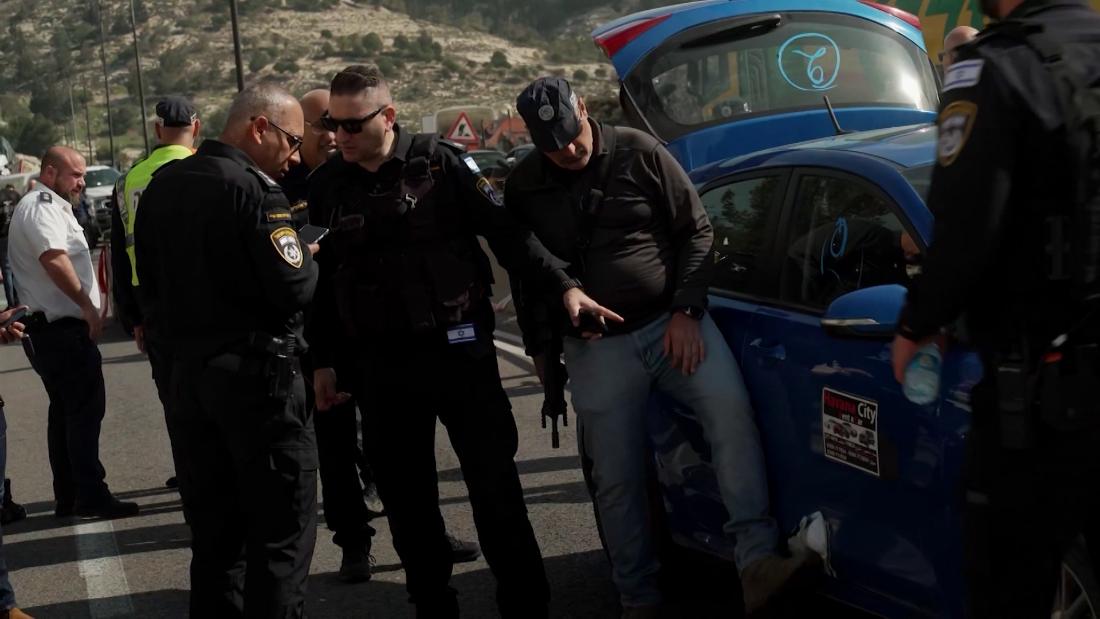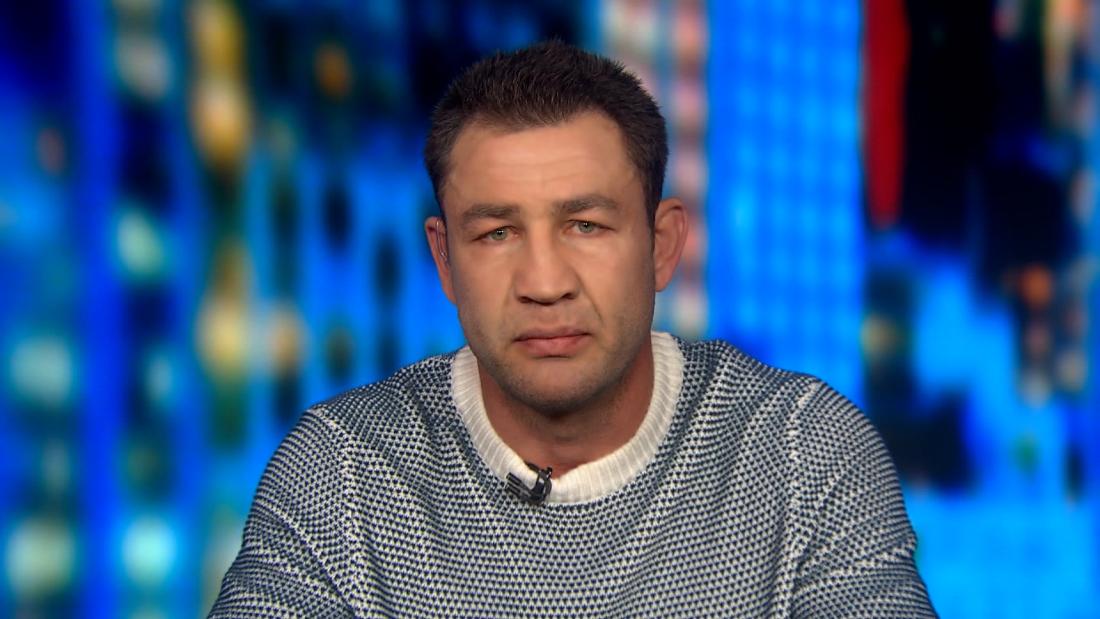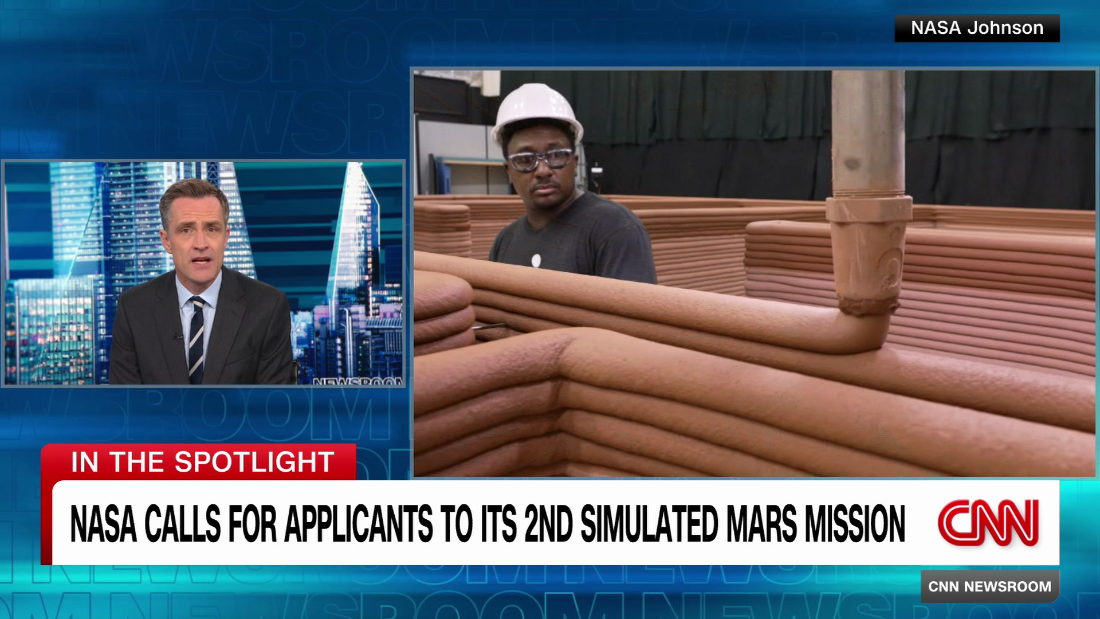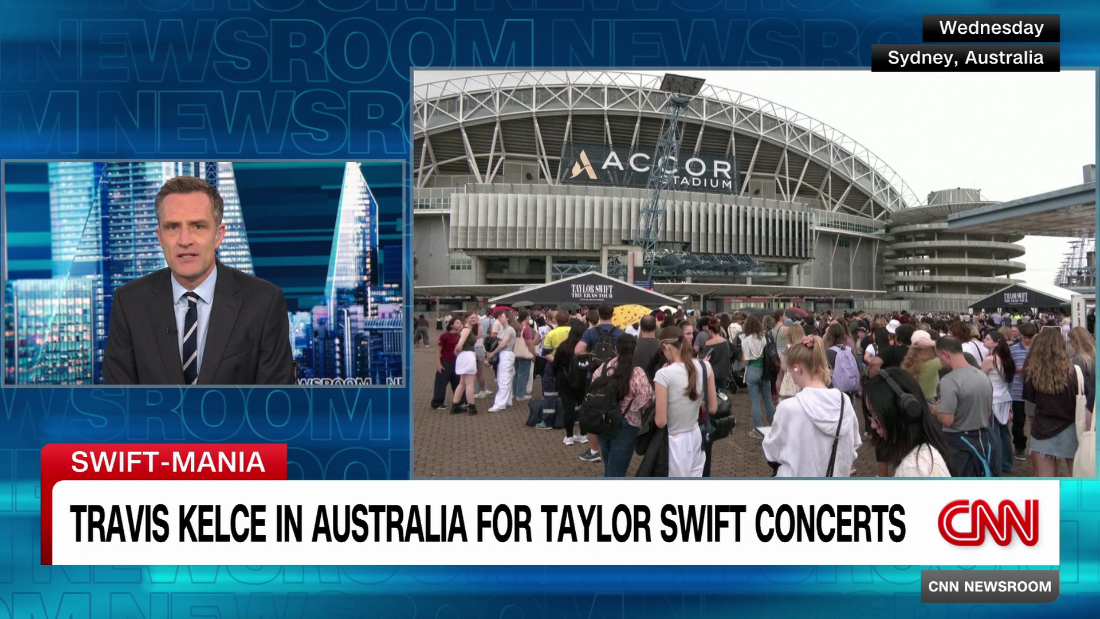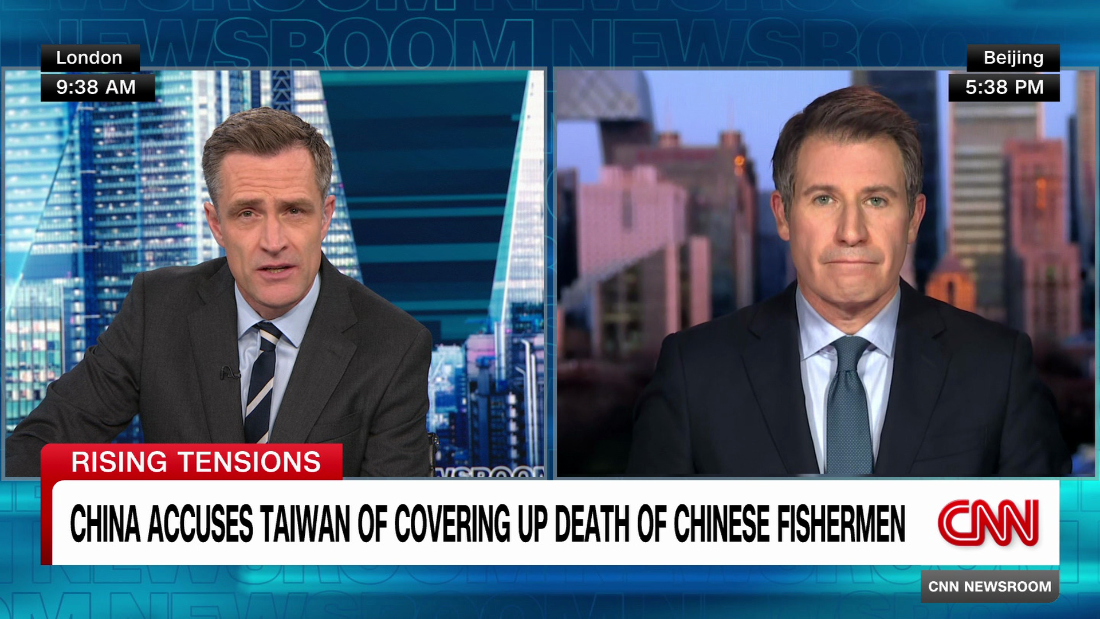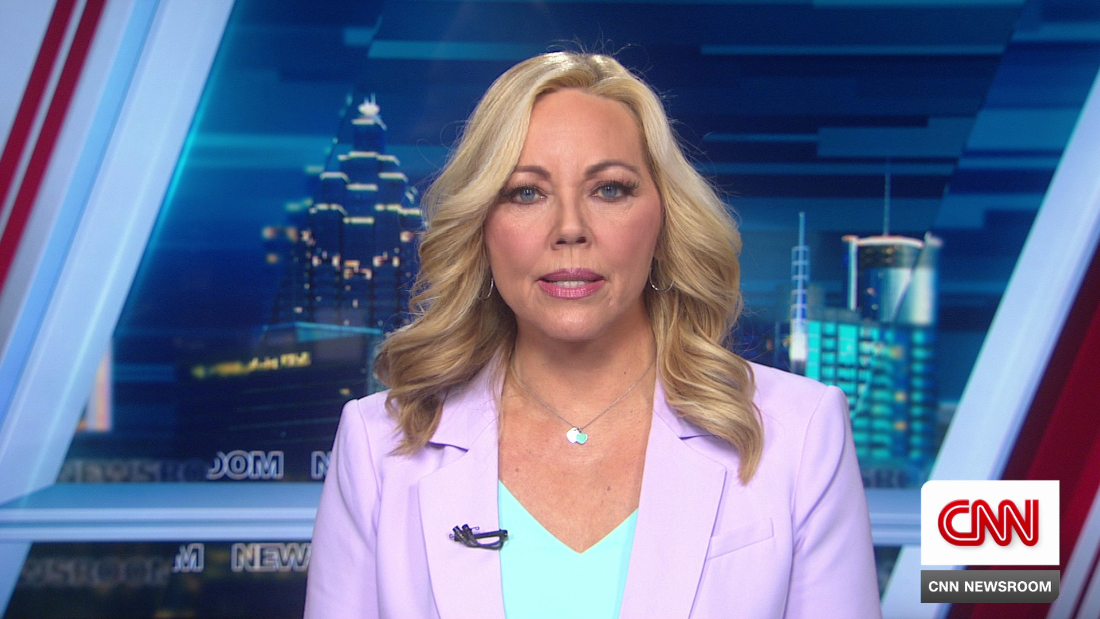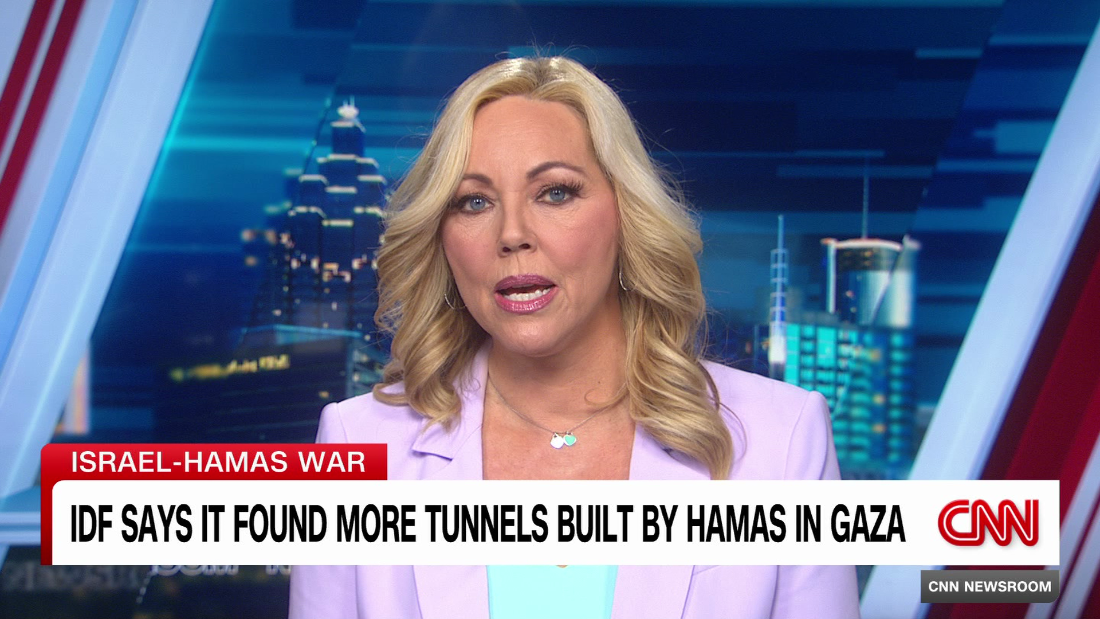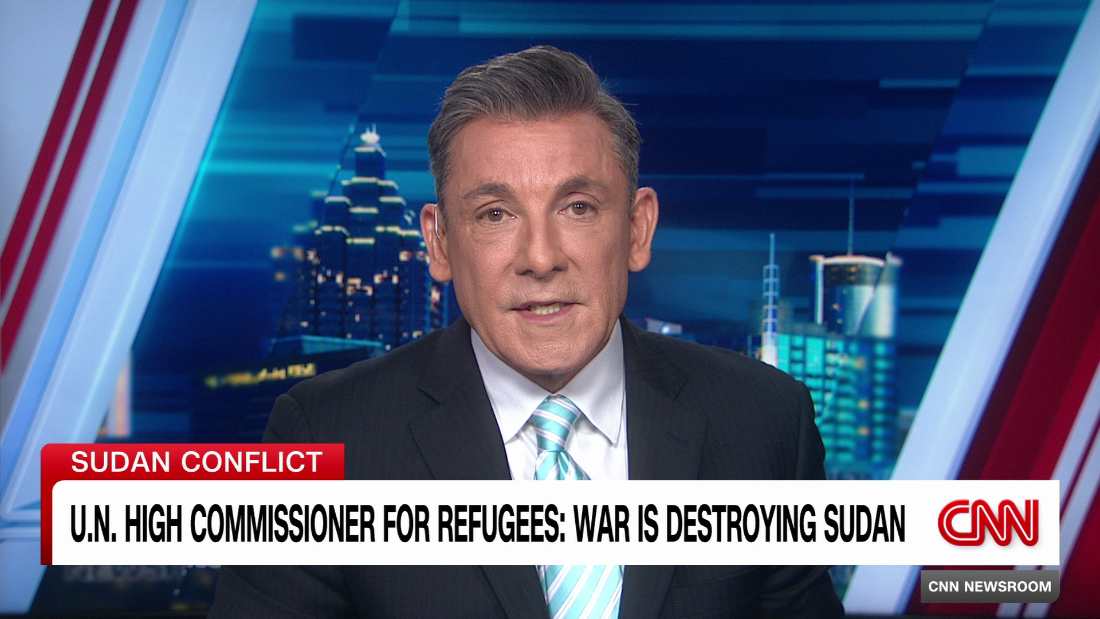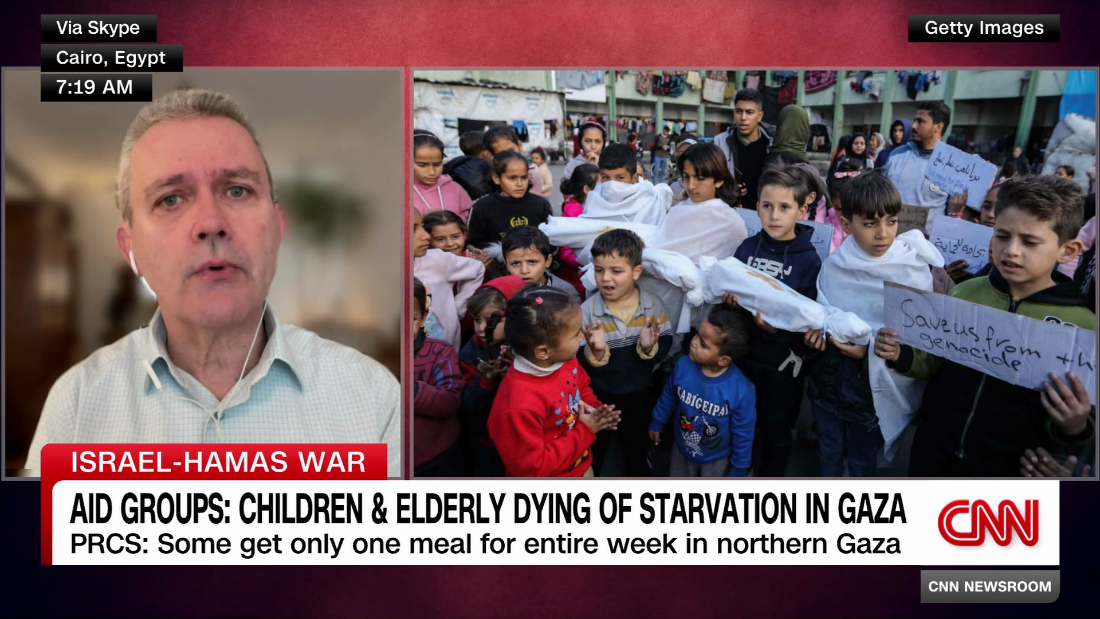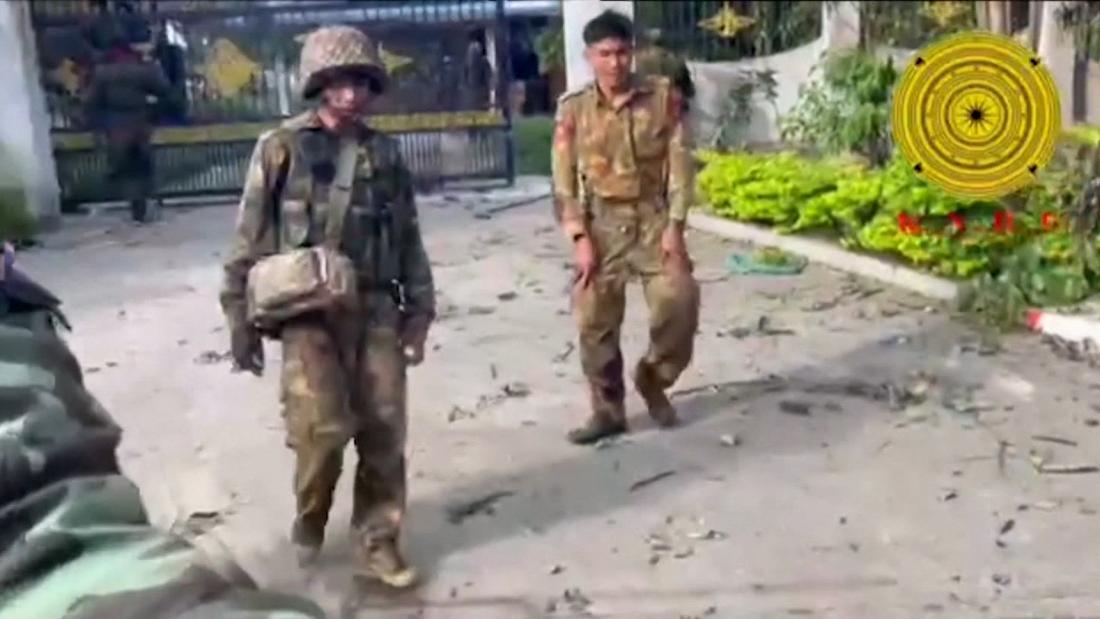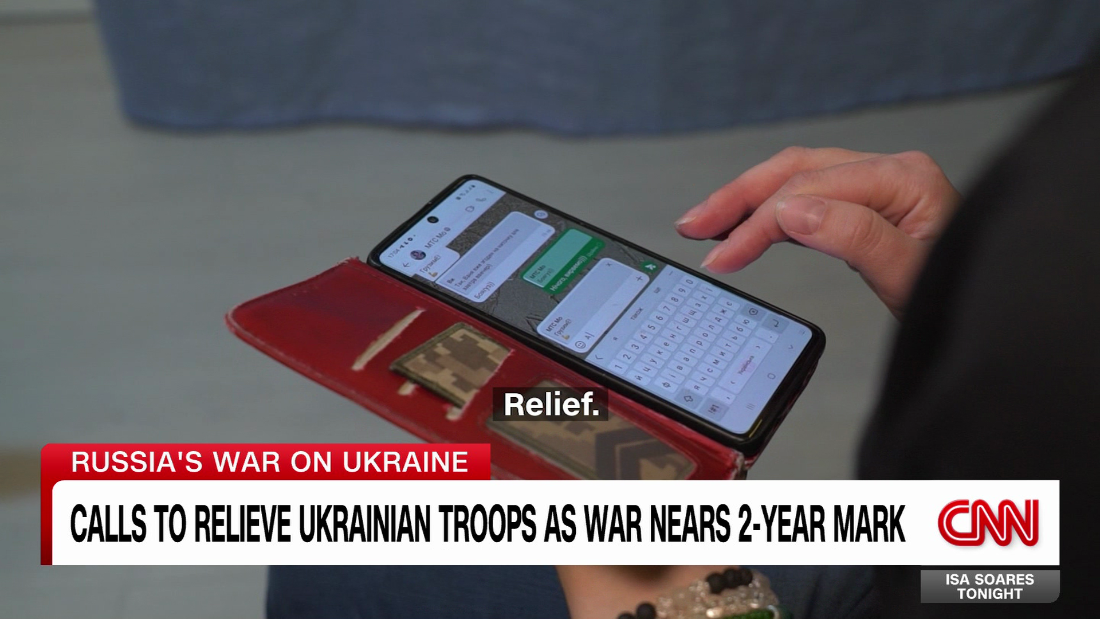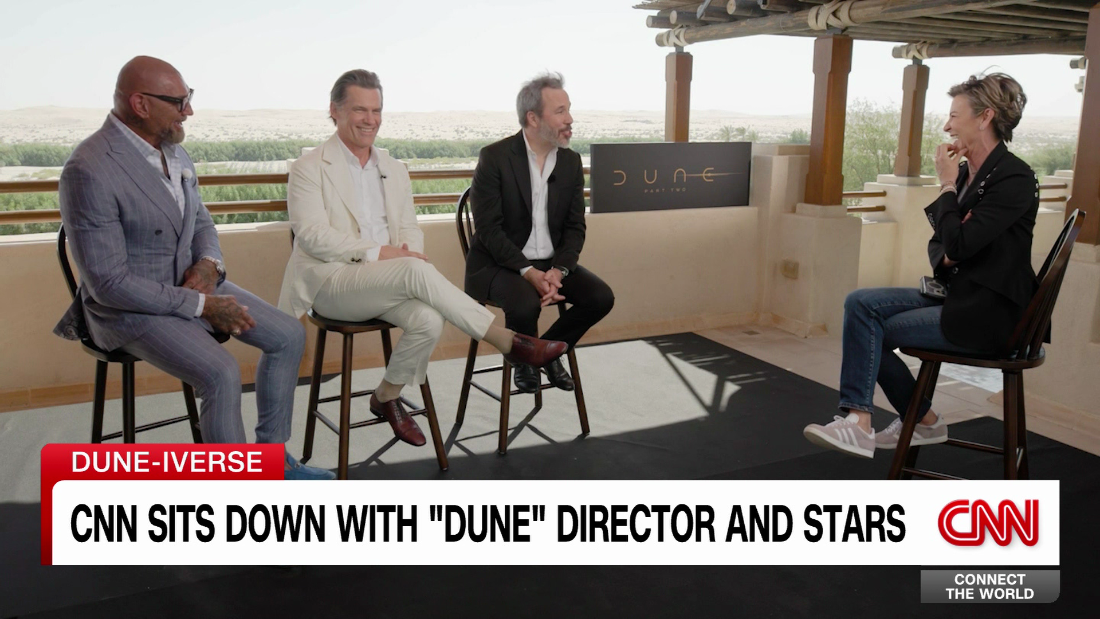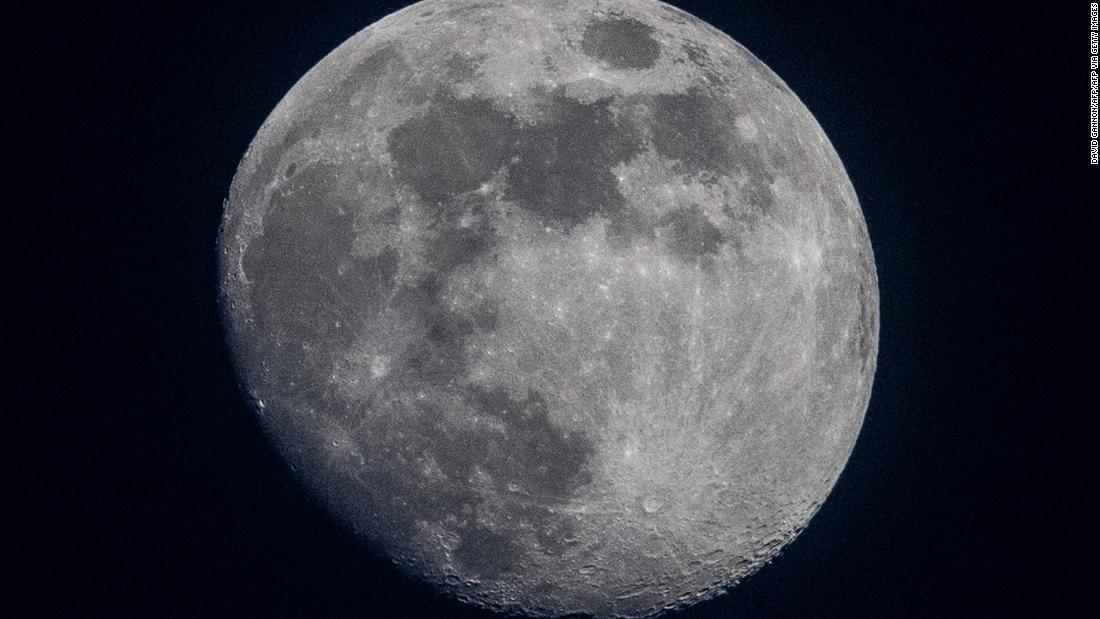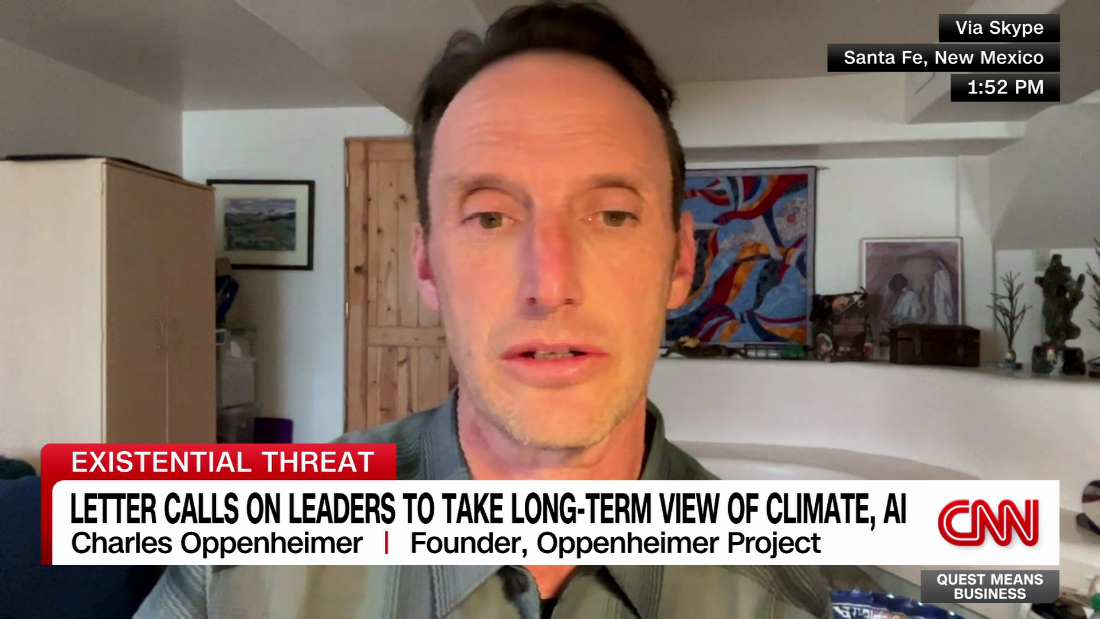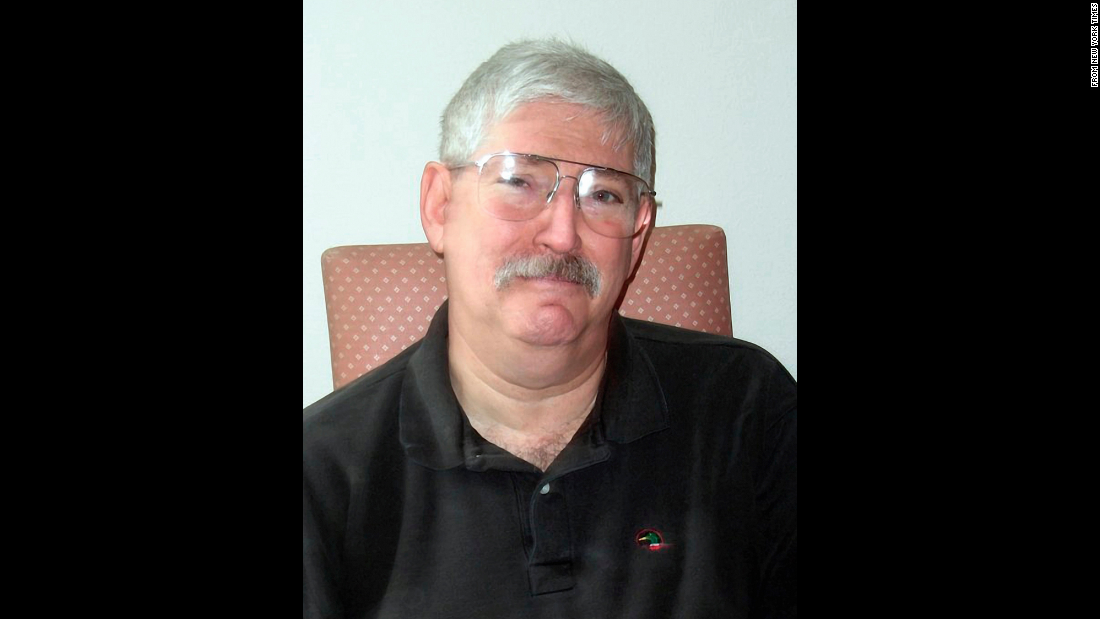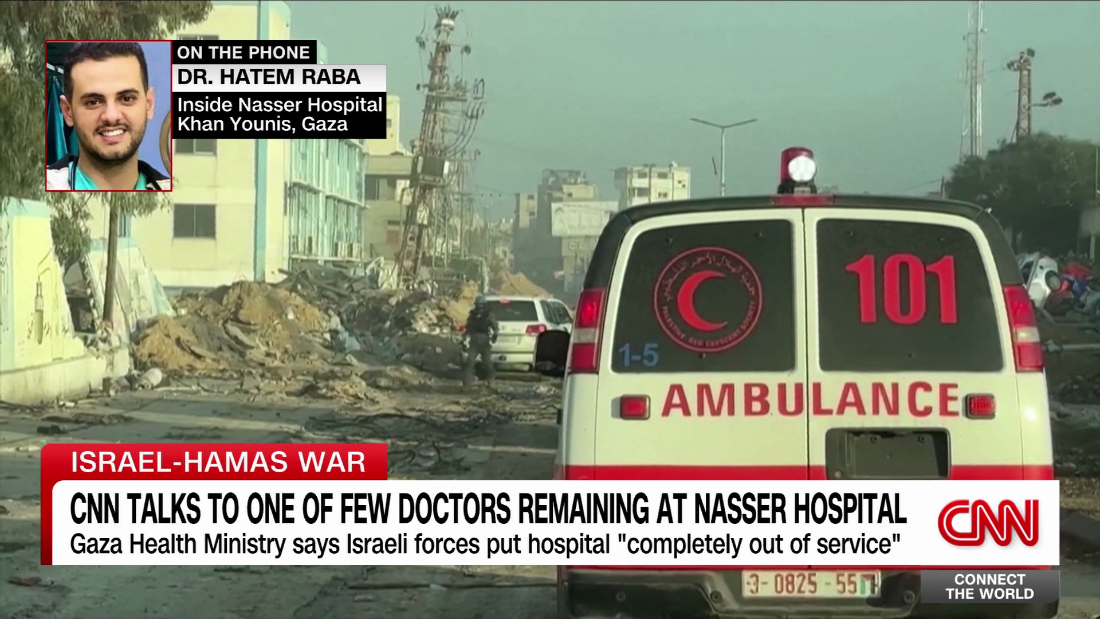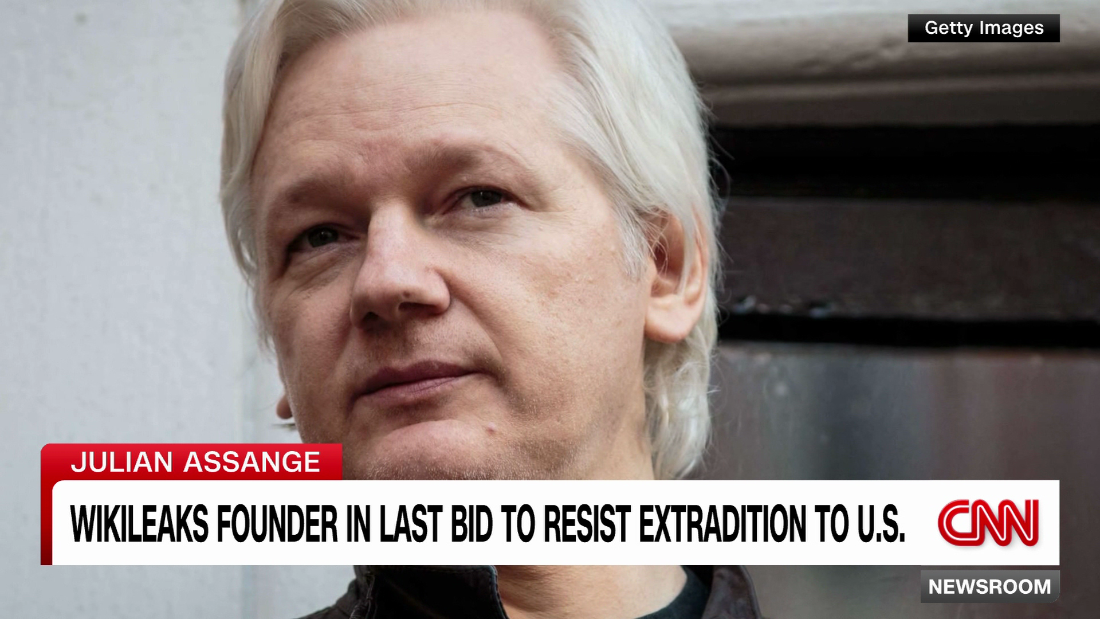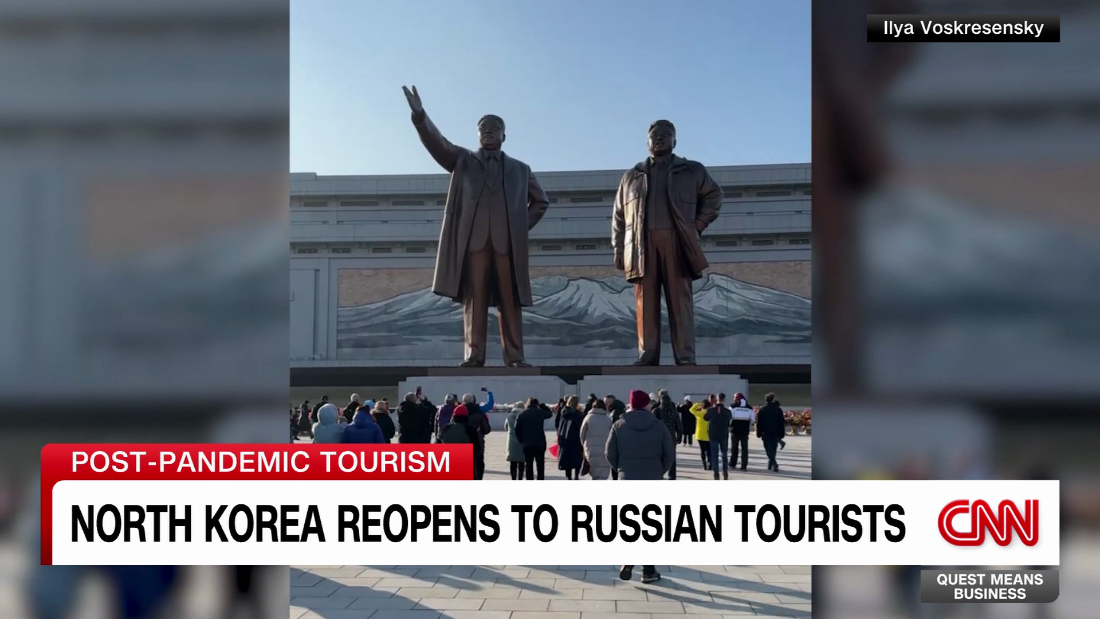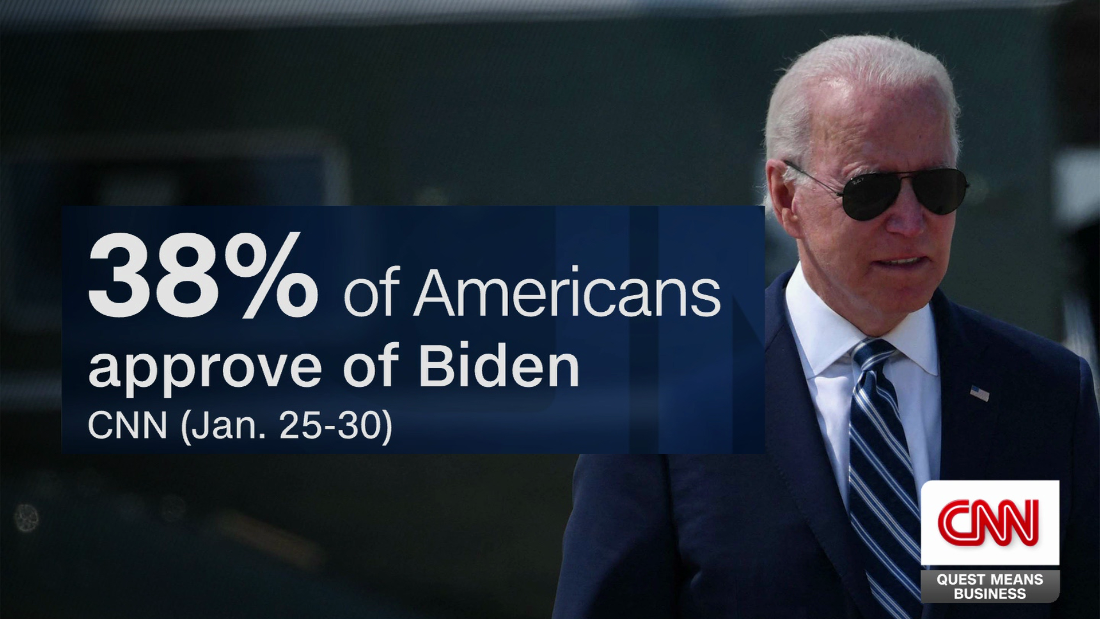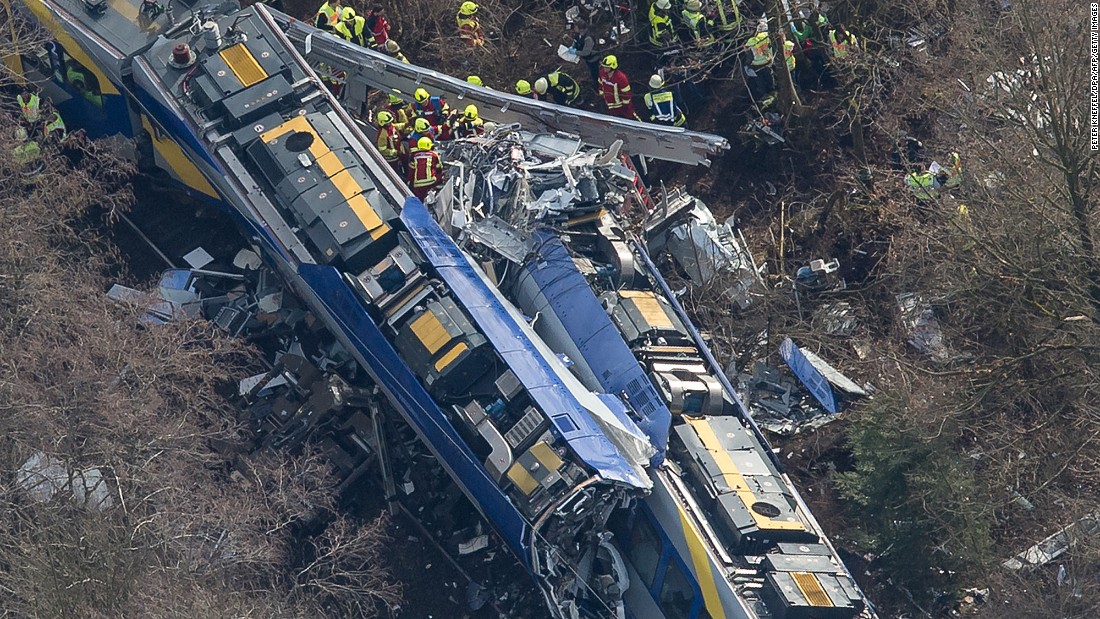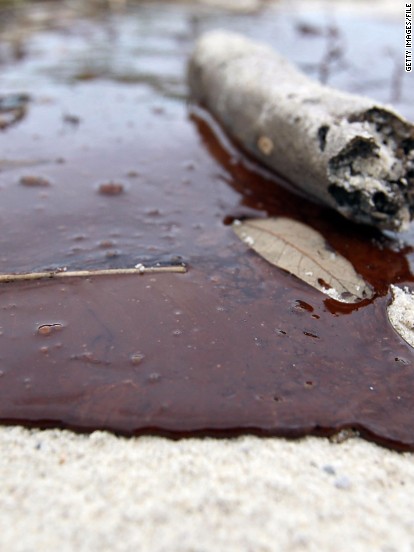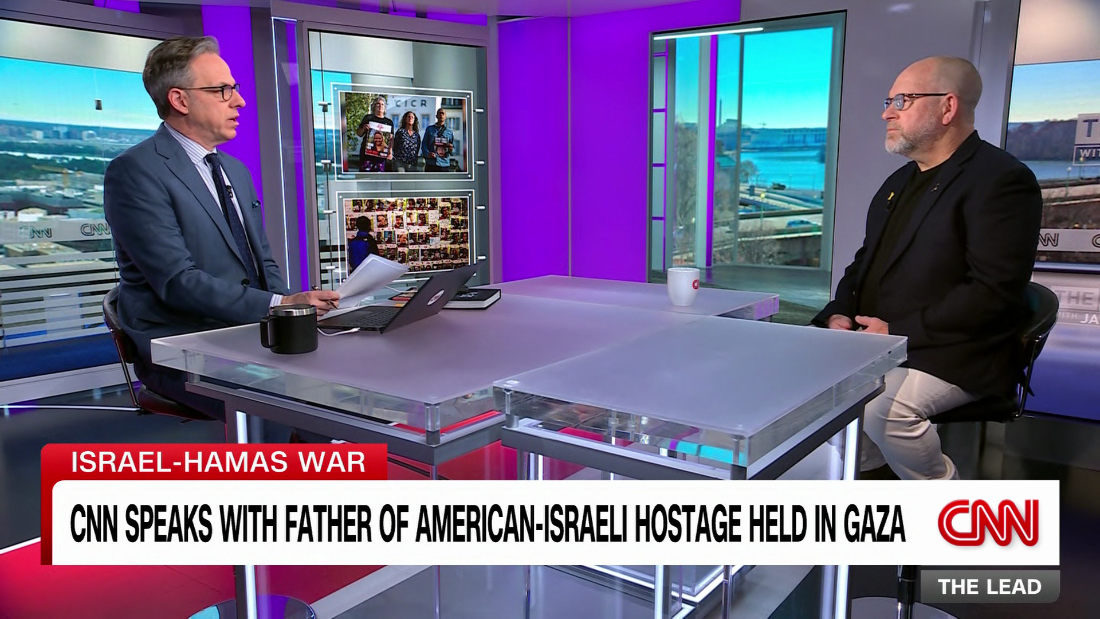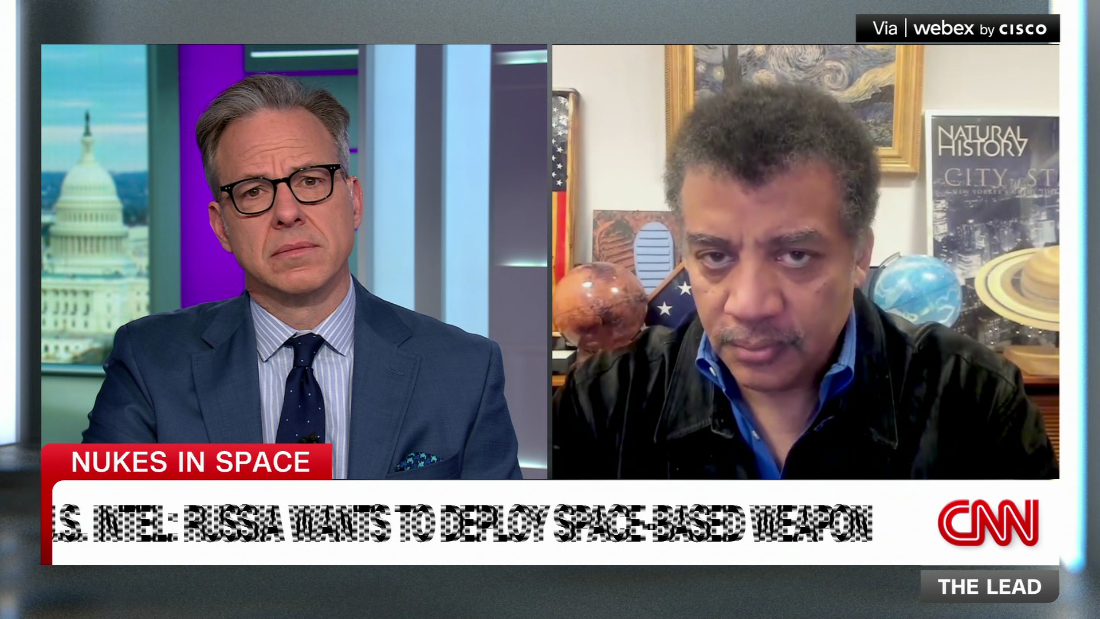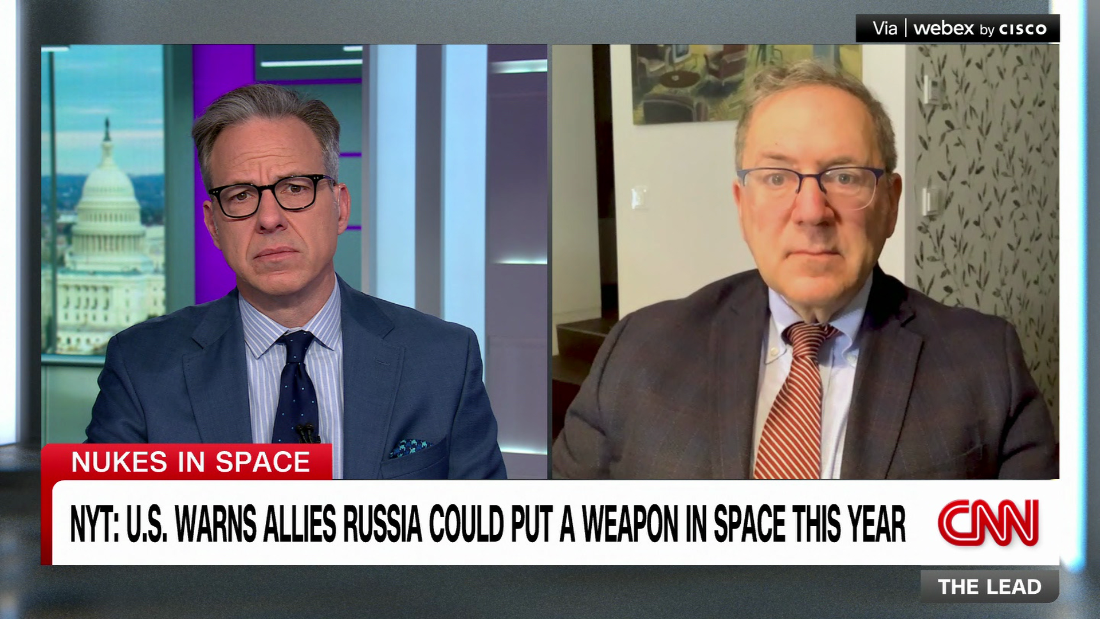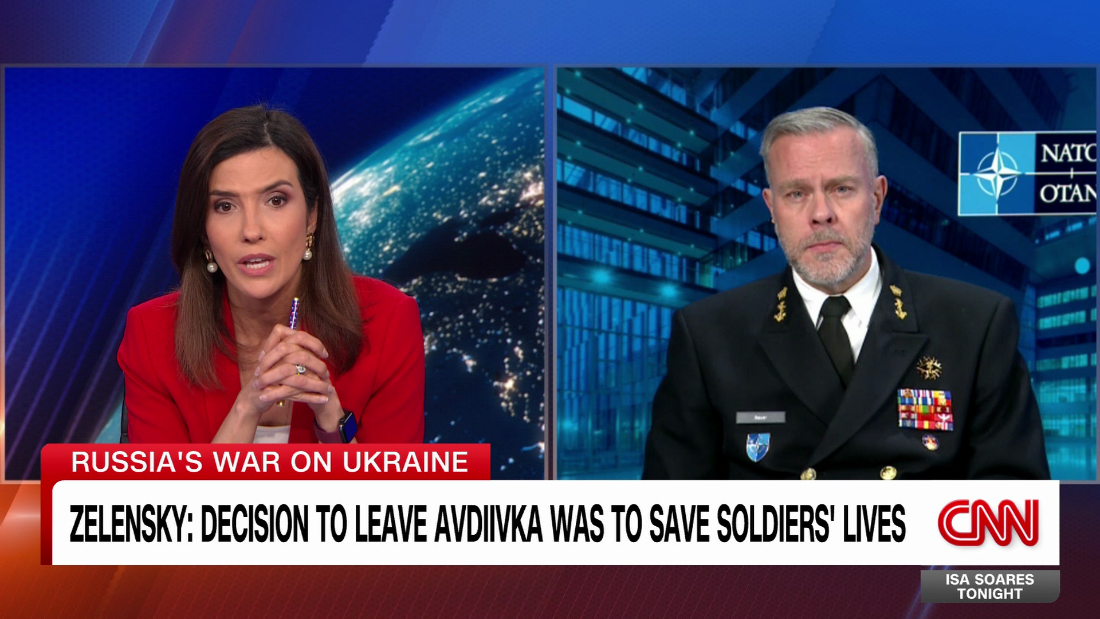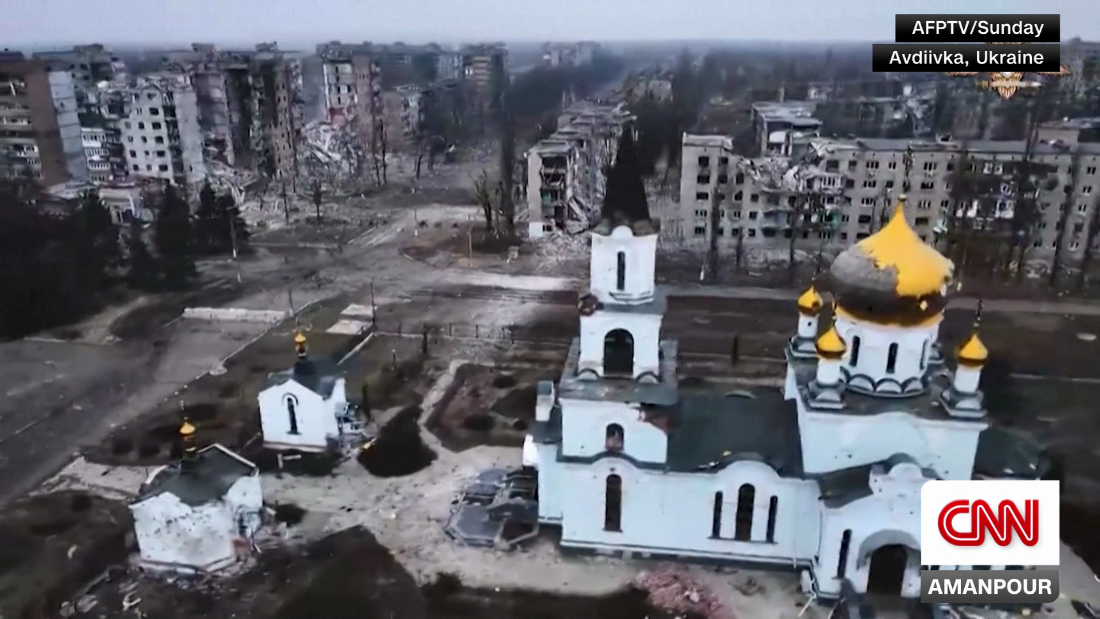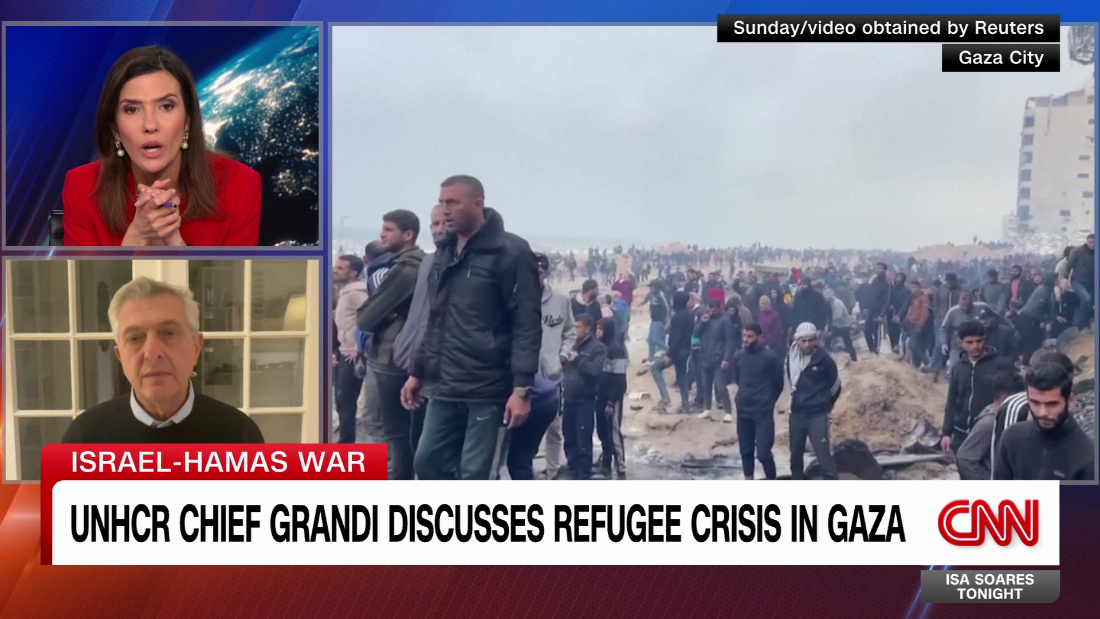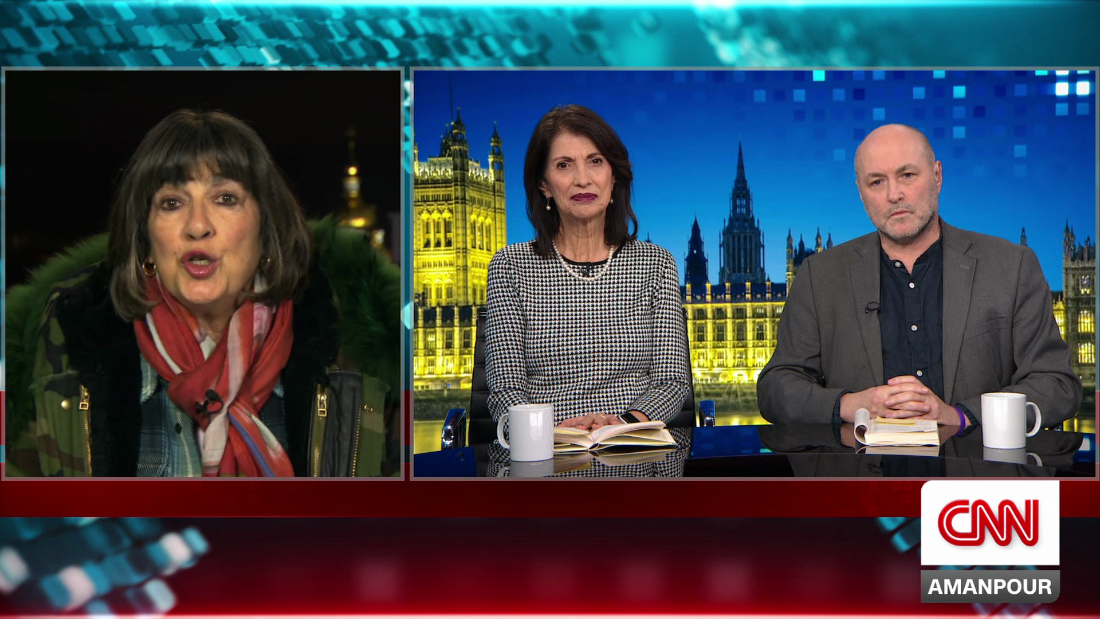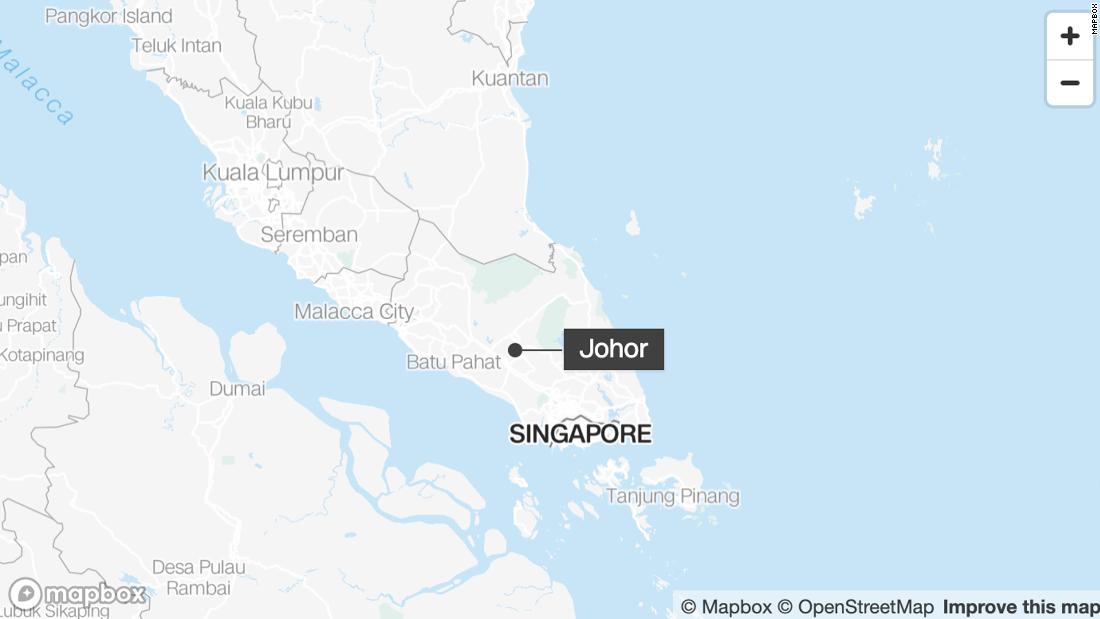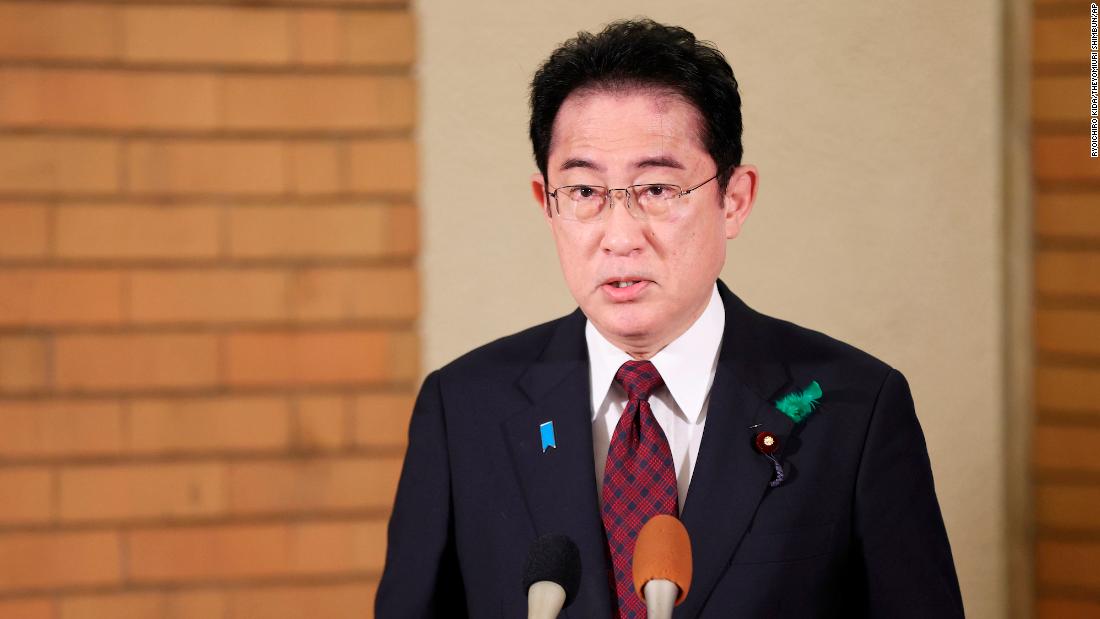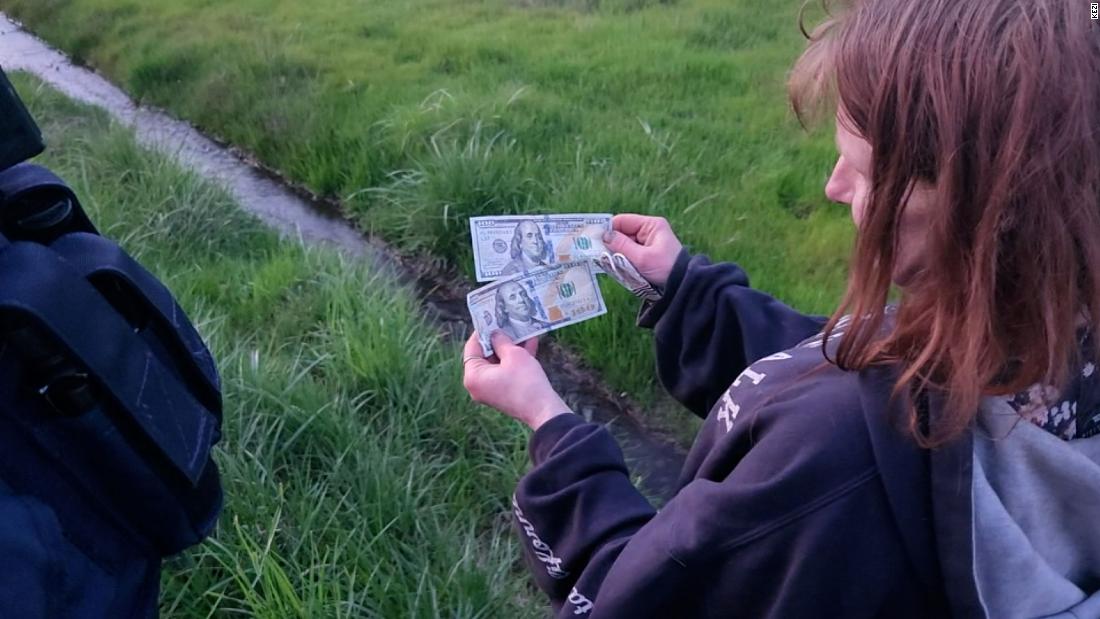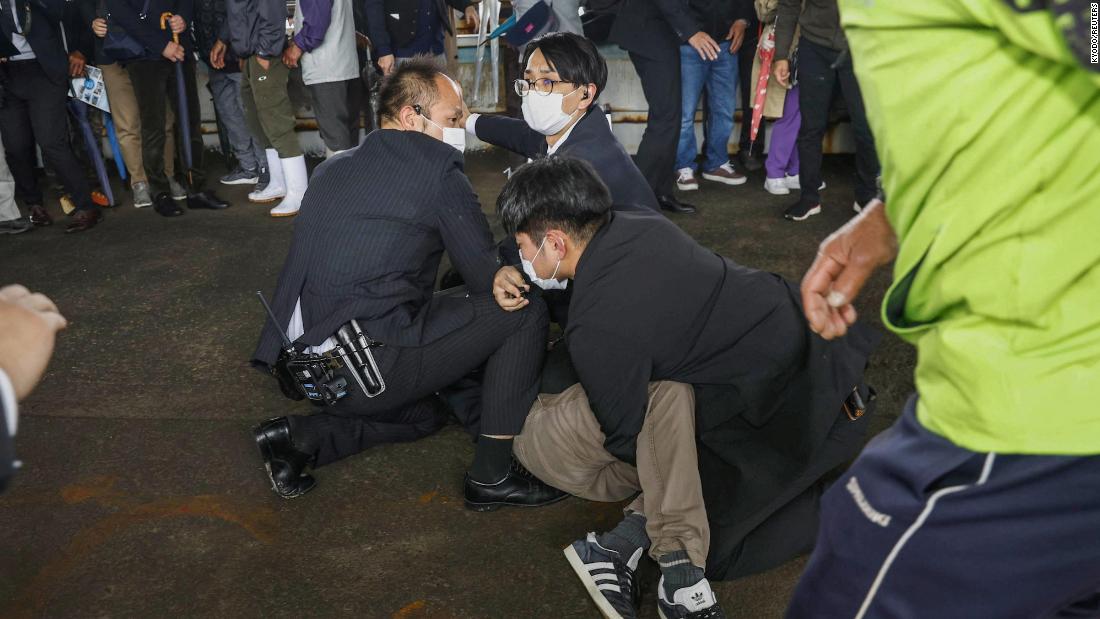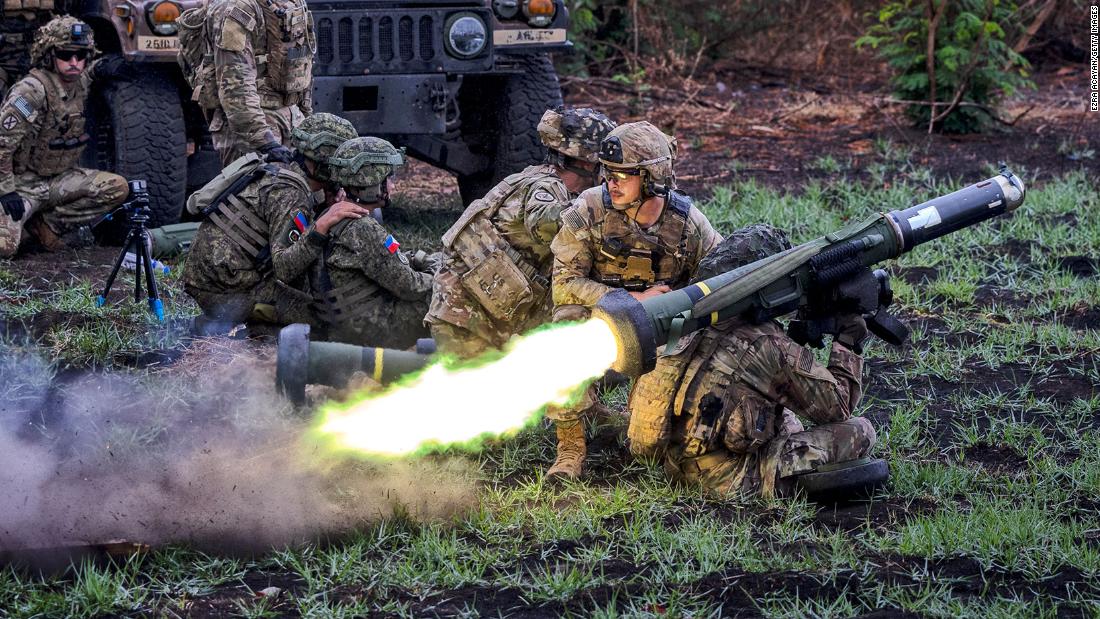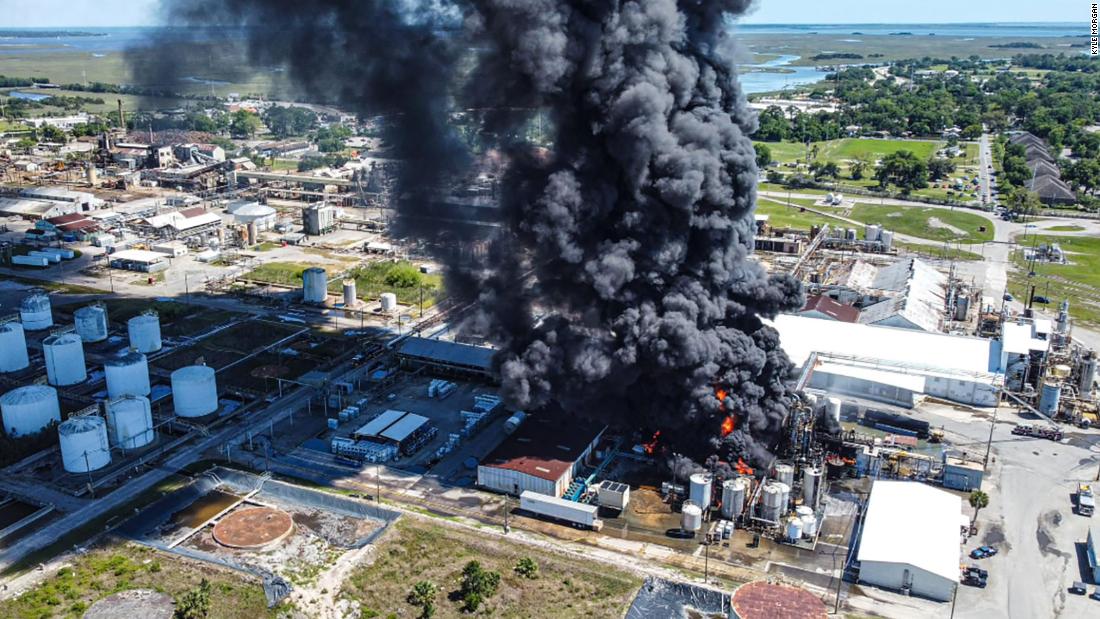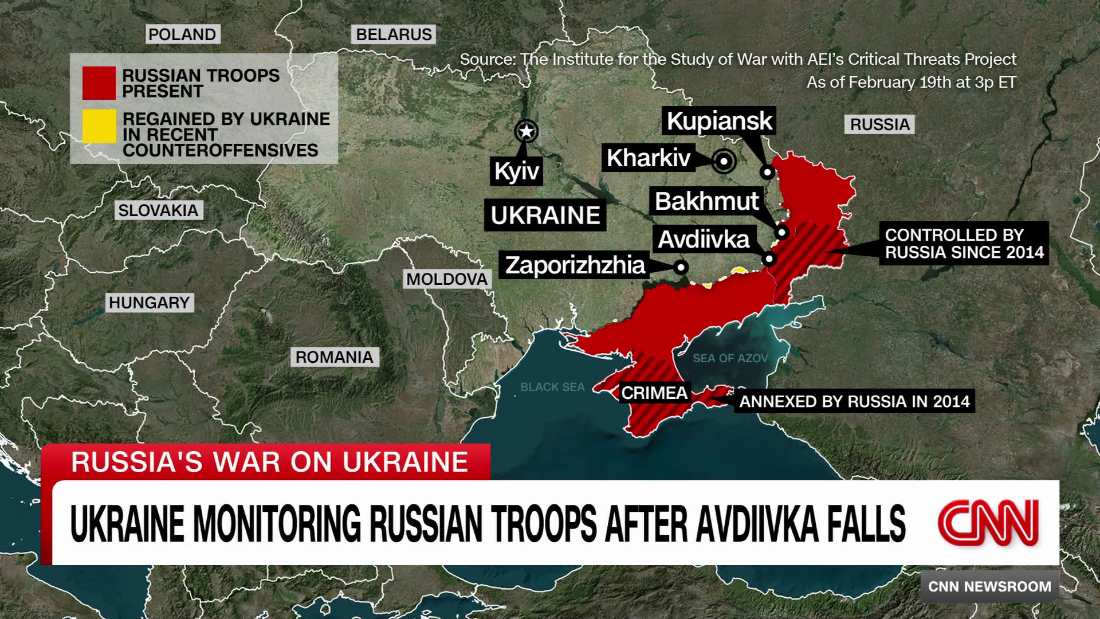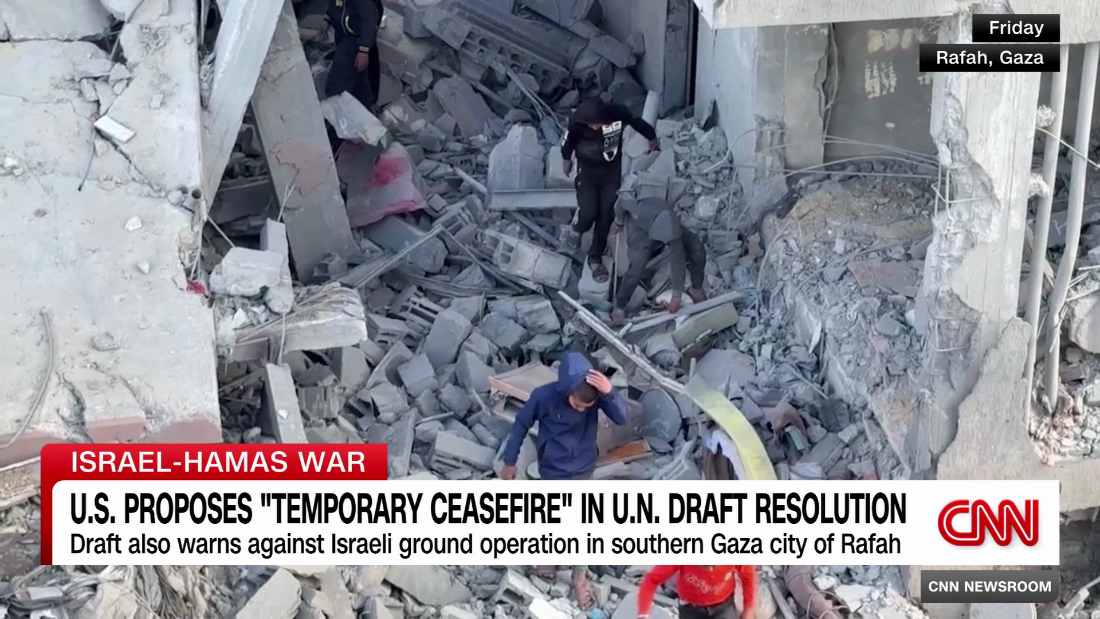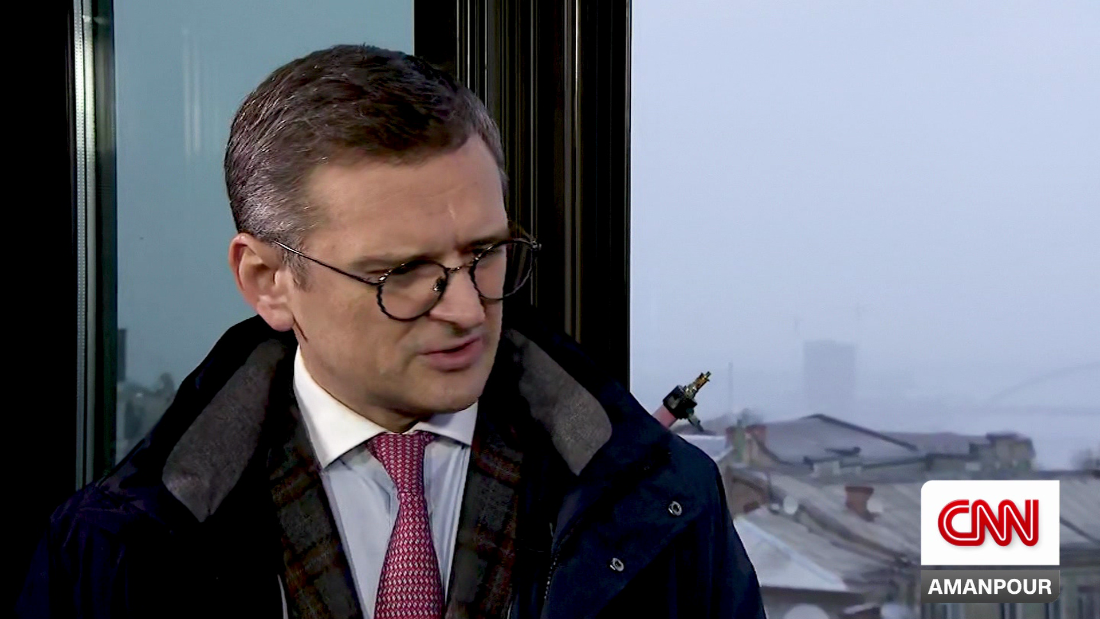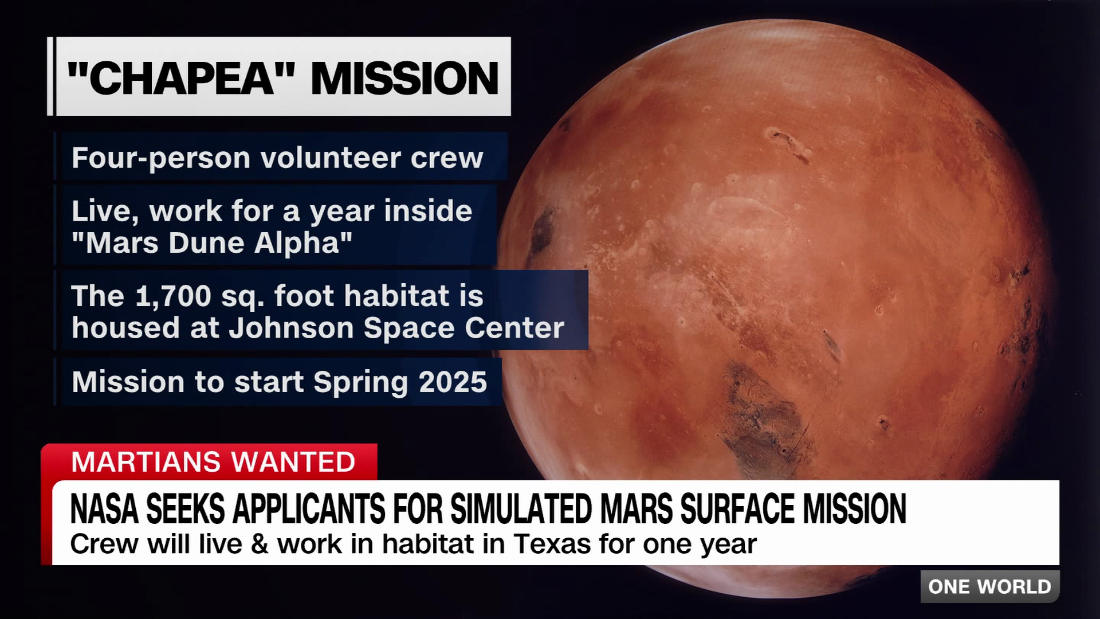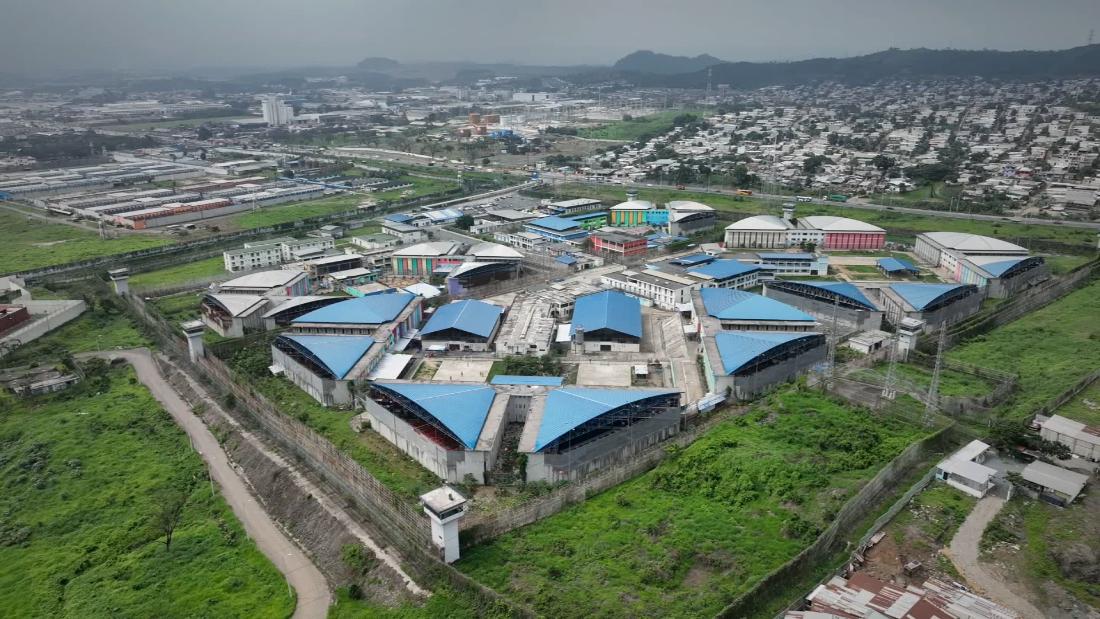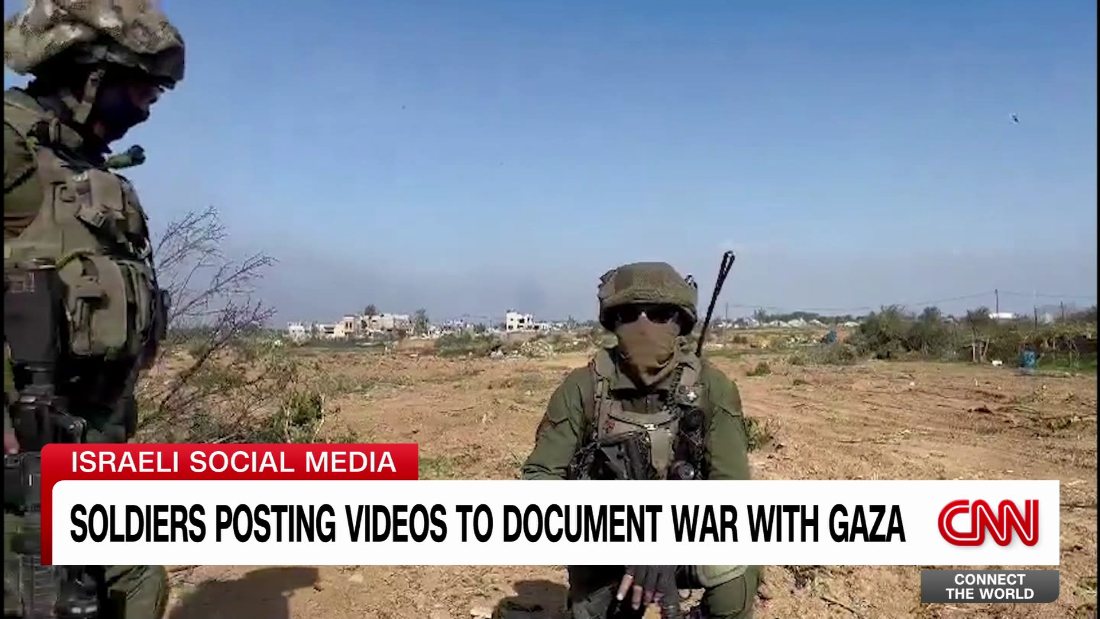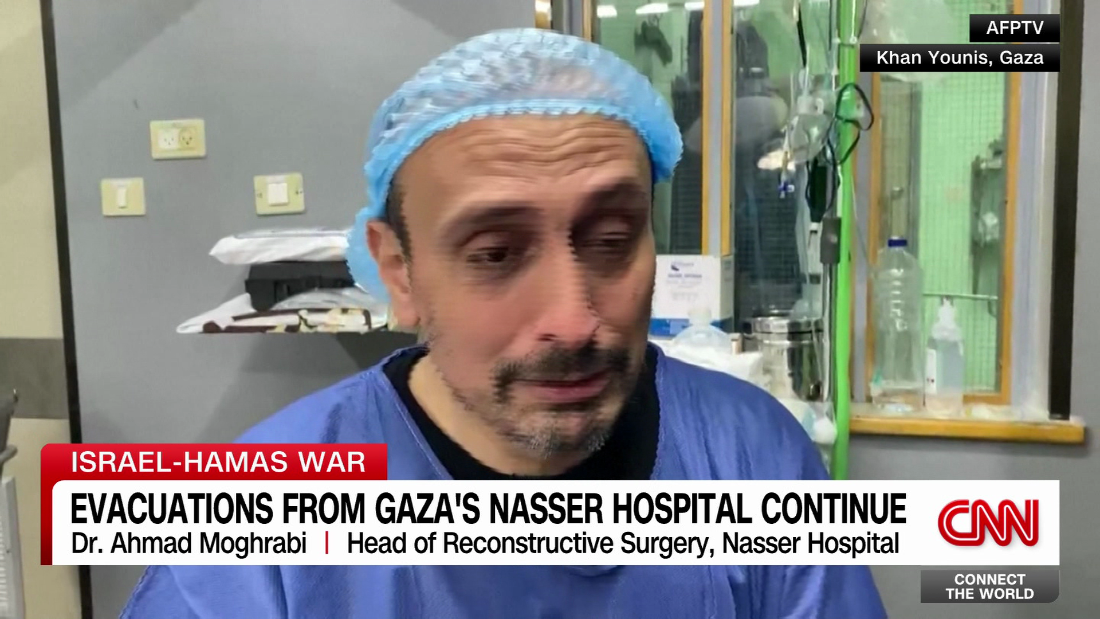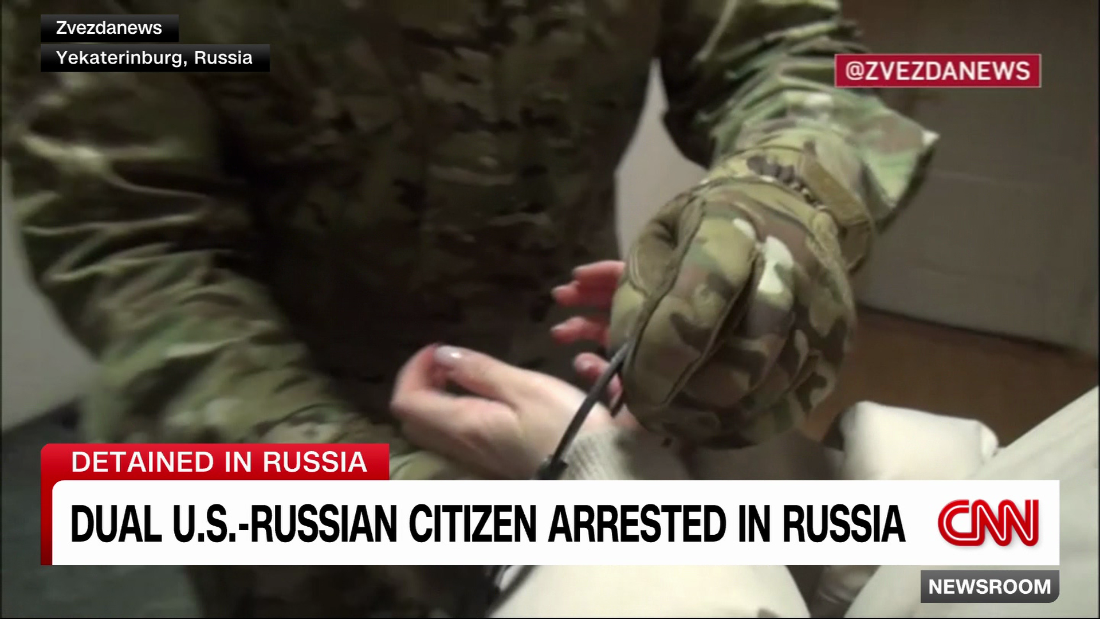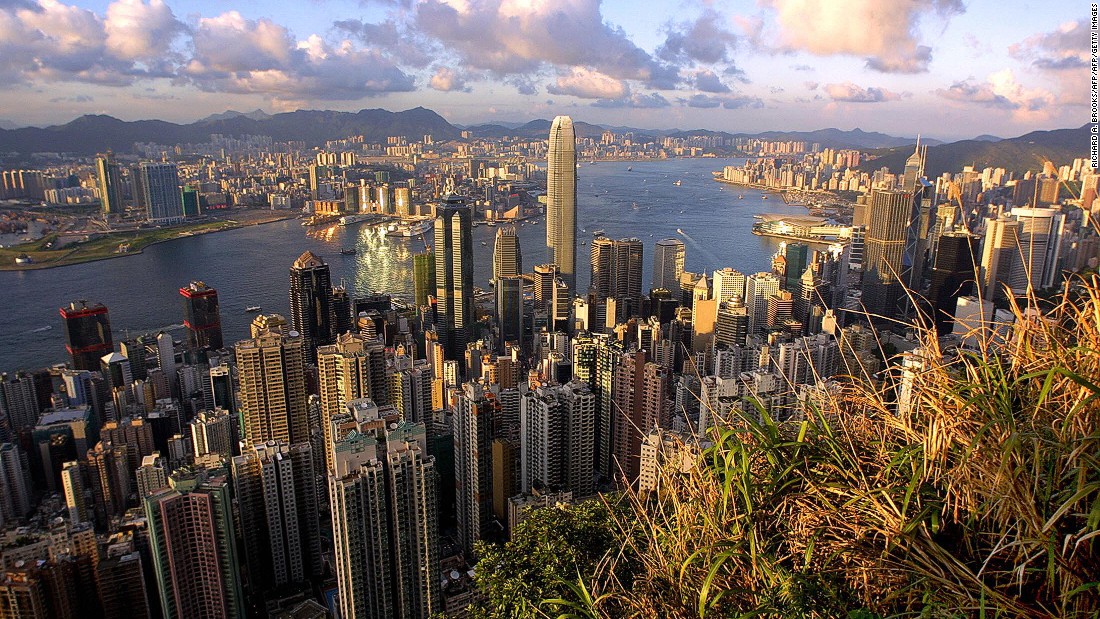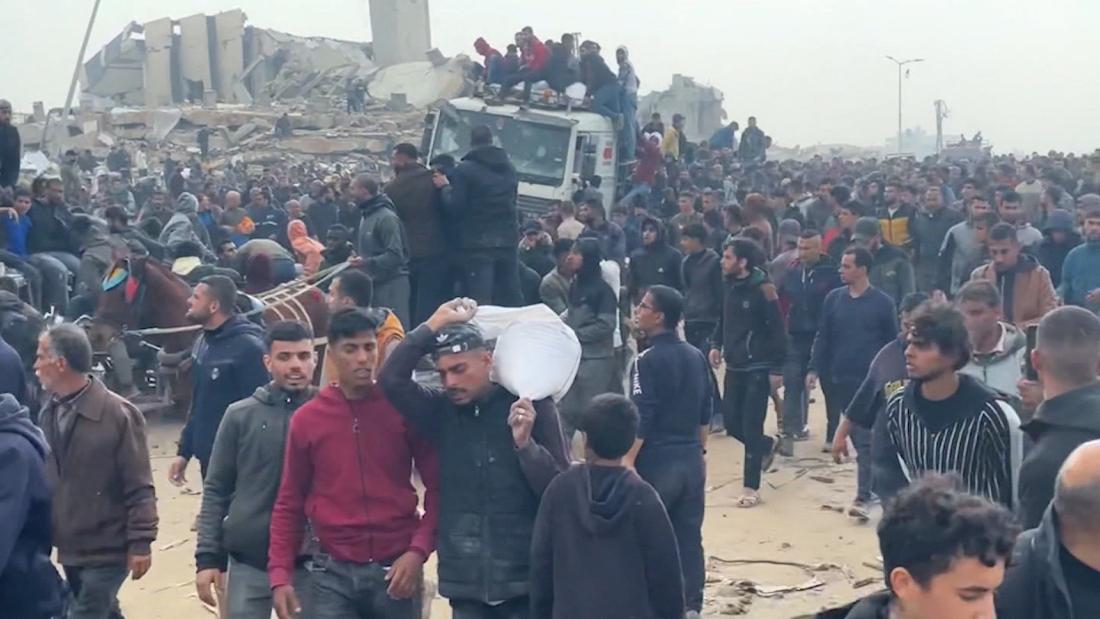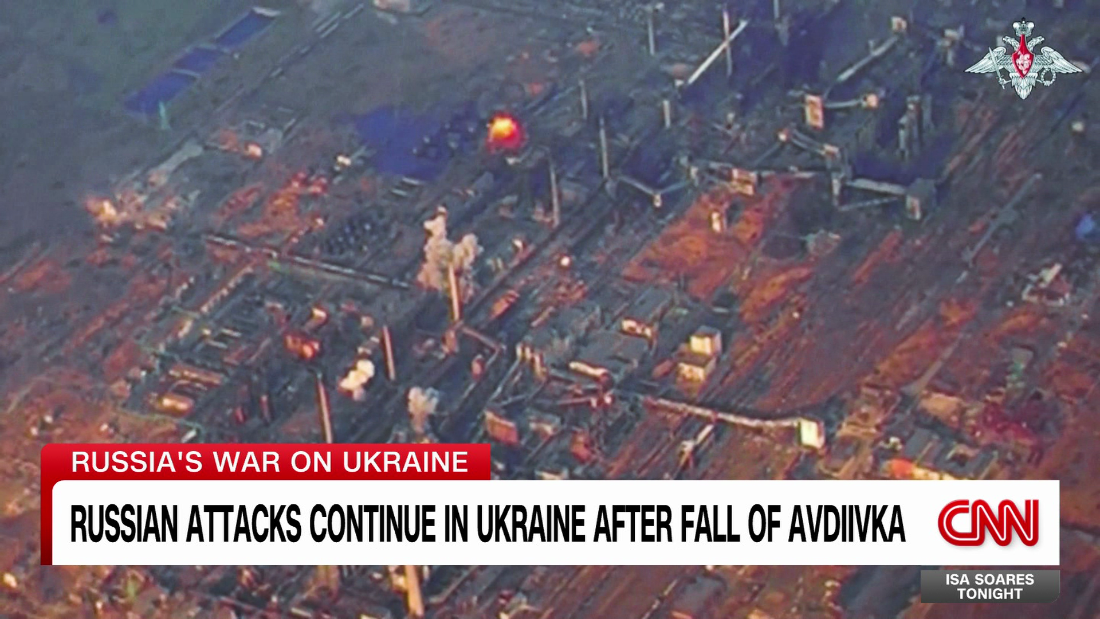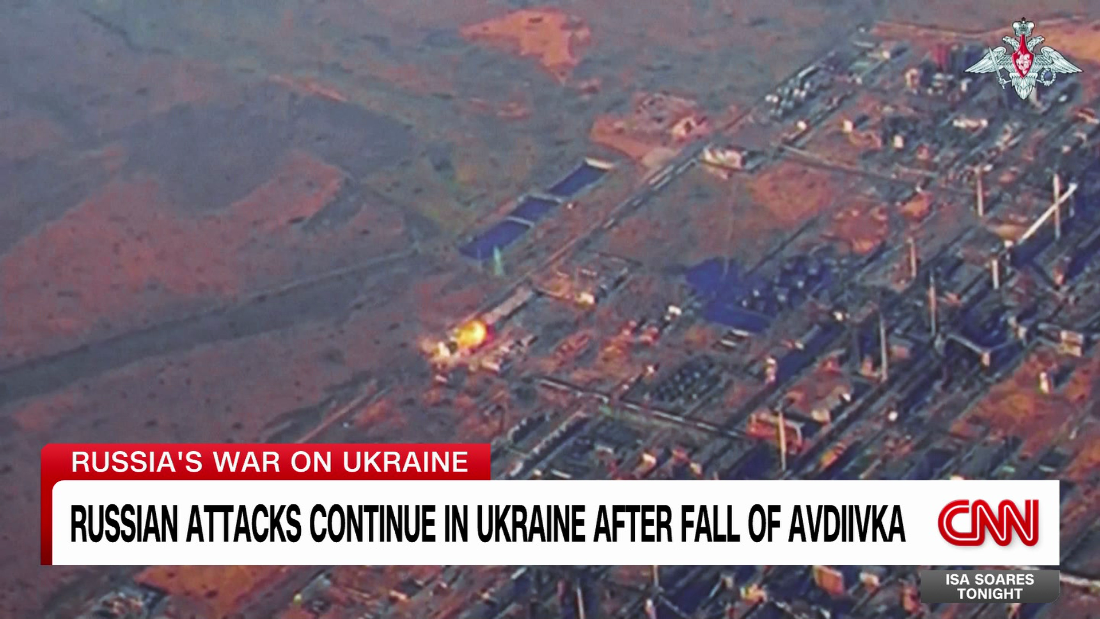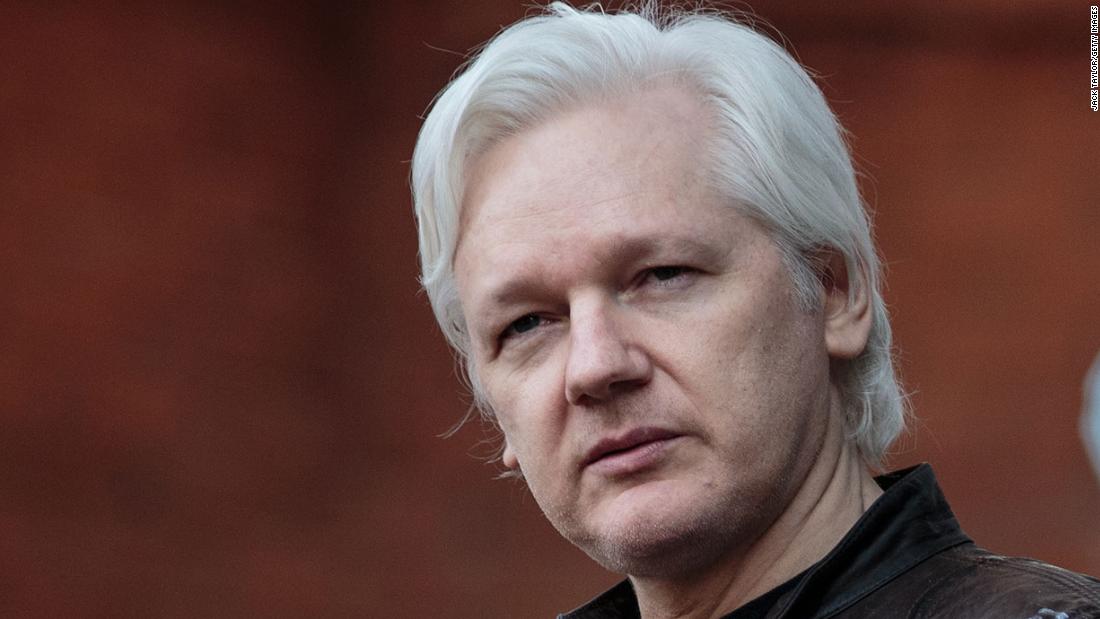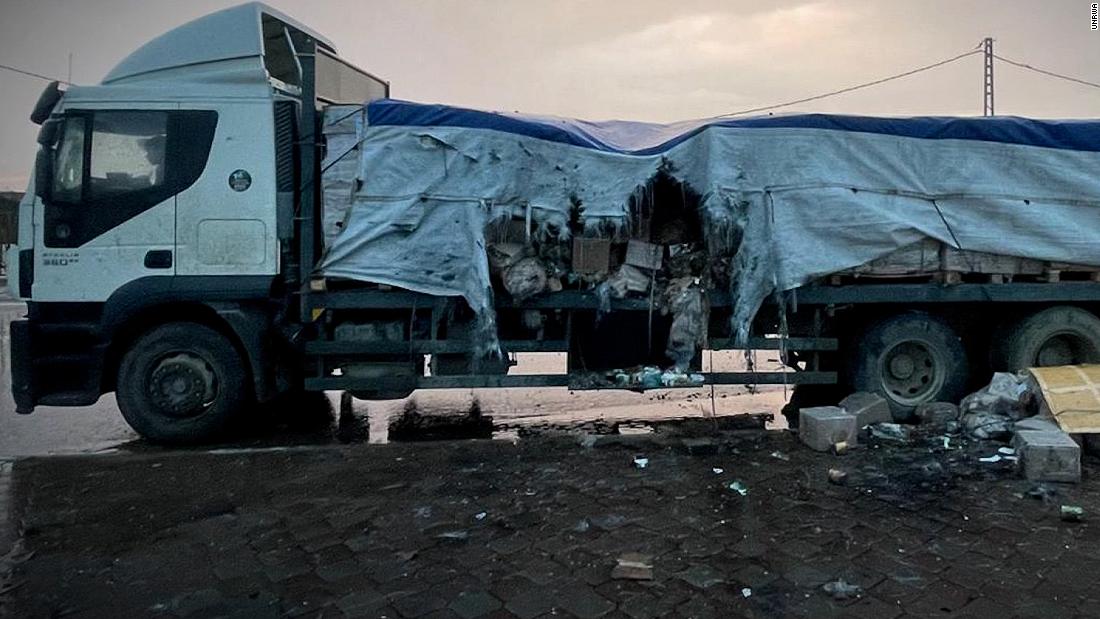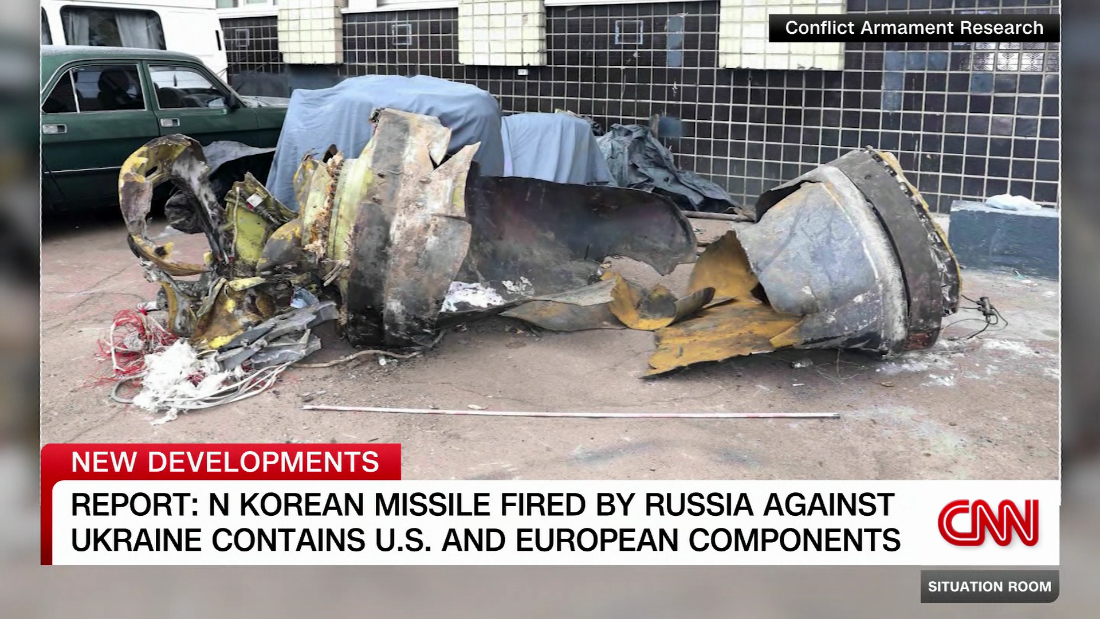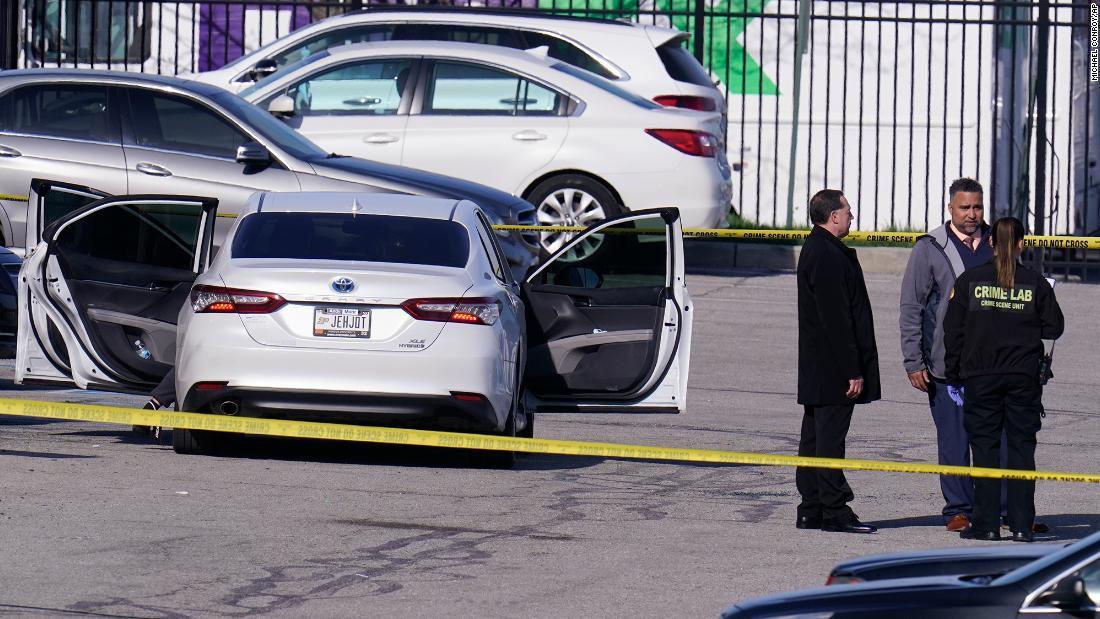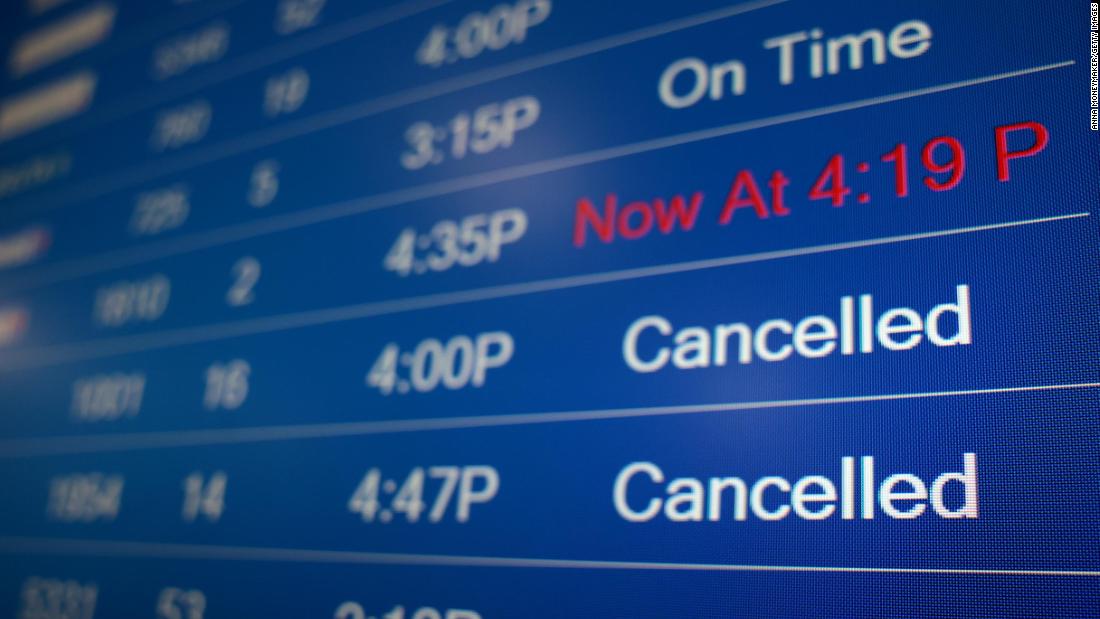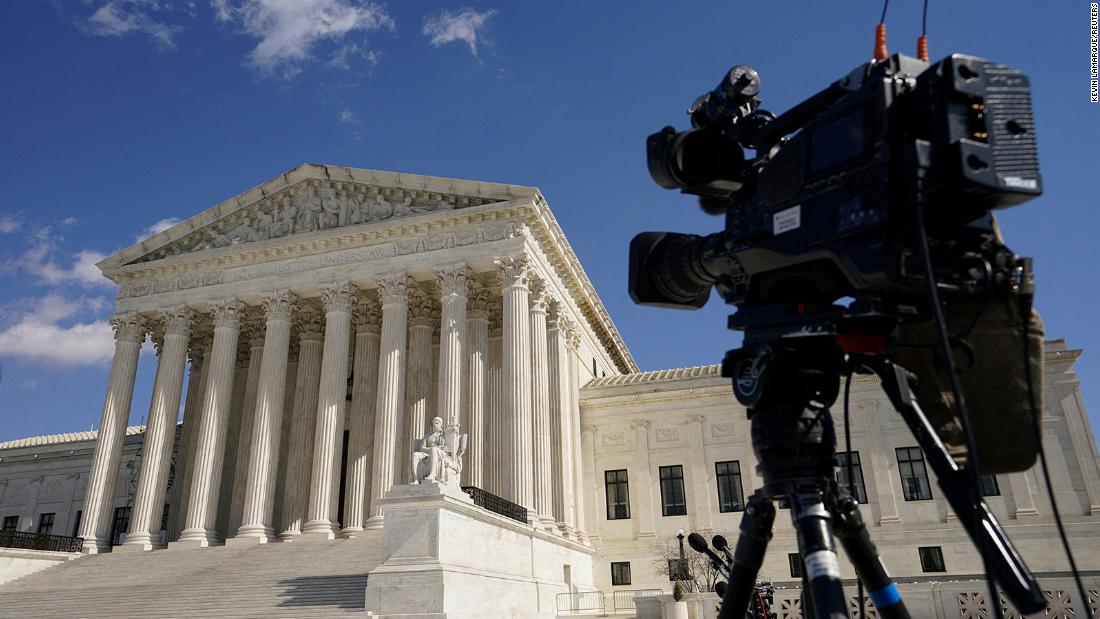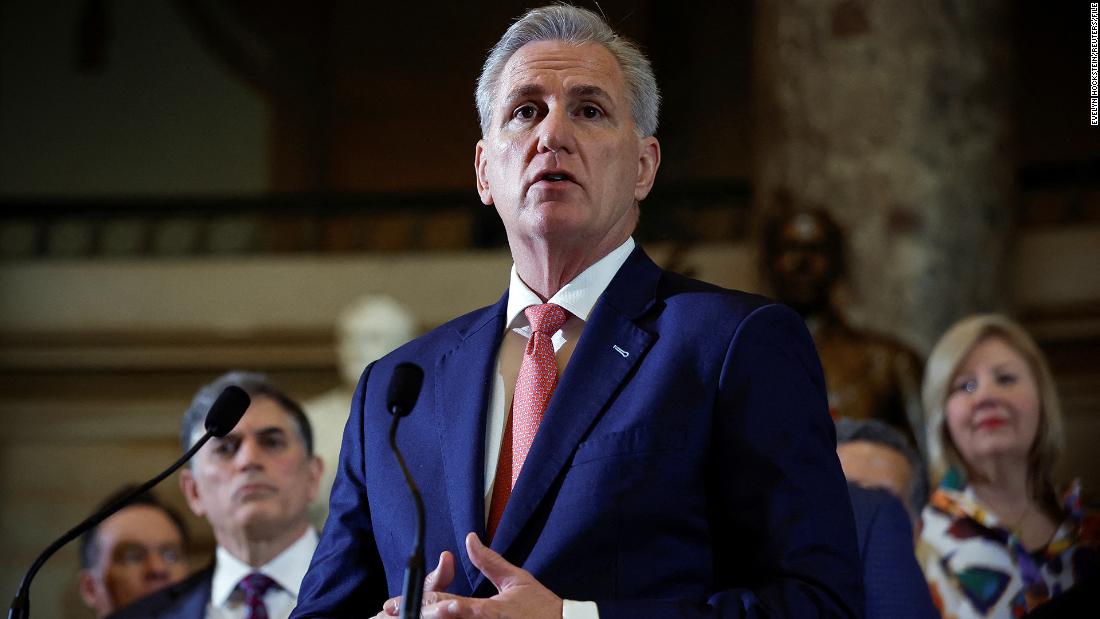BOMBSHELL plans were made by the Israeli and American military to strike the Iranian regime and wipe out its nuclear sites in just a few weeks.
Benjamin Netanyahu is said to have held high-profile talks with President Donald Trump to launch a commando raid and drop 30,000lb bombs on Iran with the help of US fighter jets.
APUS forces carry out precision airstrikes, kicking off a series of attacks against the Houthis[/caption]
AFPAn Iranian rocket launches from an undisclosed location[/caption]
AFPA US Super Hornet attack fighter jet takes off from the USS Truman aircraft carrier before striking Yemen on March 16, 2025[/caption]
GettyIsraeli Prime Minister Benjamin talks to US President Donald Trump during a meeting in the Oval Office of the White House on April 7, 2025[/caption]
Sources in Tel Aviv told The Sun Israel was planning to blitz Iran within weeks in a coordinated effort with the US if Tehran fails to thrash out a nuke deal.
The coordinated strike, which included both ground offensive as well as aerial attacks, was planned for as early as May, it has now been revealed.
Plans were to launch a campaign of Israeli commando raids on underground nuclear sites, along with bombing using US fighter jets.
A report published by The New York Times outlines how the US was preparing to assist Israel in its military offensive against Iran.
The US began moving loads of military equipment in the Middle East, along with a second aircraft carrier Carl Vinson to join the already-stationed Harry S. Truman in the Red Sea.
Two Patriot missile batteries and a Terminal High Altitude Area Defence system (THAAD) were also shipped to the Middle East.
Around a half-dozen B-2 bombers capable of carrying 30,000-pound bombs essential to destroying Iran’s underground nuclear program were dispatched to Diego Garcia, an island base in the Indian Ocean.
Moving additional fighter aircraft to the region, potentially to a base in Israel, was also considered, according to the report.
It came at a time when Trump began his relentless campaign of bombing to obliterate the Houthis in Yemen.
Most of these US military equipment in the Middle East could well be used to cripple the Iranian-proxy terrior group in the region, who have been attacking US vessels in the Red Sea.
But US officials revealed that the weaponry was also part of the planning for potentially supporting Israel in a conflict with Iran.
Israel had reasons to believe that the US would help it out to attack Iran after Trump threatened to hold Iran accountable for “every shot” the Houthis fire.
The president blasted: “Any further attack or retaliation by the Houthis will be met with great force, and there is no guarantee that that force will stop there.
“Iran has played ‘the innocent victim’ of rogue terrorists from which they’ve lost control, but they haven’t lost control.”
Trump also vowed to bomb Iran “like never before” if the regime does not fall in line and strike up a new nuclear deal with the US within months.
However, Trump chose to explore the path of diplomacy before giving a green light to the potential Iran blitz amid the rising threat.
He told Netanyahu that he would not support an Israeli attack in May while the US was still at the negotiating table with Iran.
Iran’s nuclear deal explained
By Sayan Bose, Foreign News Reporter
FOR years, the Iranian regime has allegedly been trying to process military-grade Uranium and develop nuclear weapons.
The West accused Iran of trying to produce weapons of mass destruction, in a great threat to international peace.
However, Iran insisted that its nuclear programme was entirely peaceful and was aimed at the country’s growth.
In 2015, Iran agreed to sign the Joint Comprehensive Plan of Action (JCPOA), a comprehensive nuclear agreement with the US, UK, France, China, Russia and Germany.
However, in May 2018, the then-president Donald Trump pulled out of the agreement after calling it “defective at its core”.
He slapped Tehran with criplling sanctions as part of a “maximum pressure” policy and forced the regime to negotiate a fresh deal.
Now that Trump has returned to the office for a second term, he is trying to compel Iran to sign a deal that would also curb its ballistic missile programme and its involvement in regional conflicts.
APThis satellite photo shows damaged buildings at Iran’s Khojir military base outside of Tehran, Iran[/caption]
X/@TheGoodISISSatellite pictures show the destroyed buildings at the Parchin military complex used for nuclear research and the production of parts of nuclear devices in Iran after Israeli blitz[/caption]
Picture of the compound before the Israeli strike
EPAAyatollah Ali Khamenei speaking during a meeting in Tehran[/caption]
Although senior US officials have suggested that the US could support an Israeli plan to attack Iran if the talks fail.
Just days ago, the US and Iran finished their first round of indirect talks in Oman to discuss a new nuclear agreement for the Iranian regime.
Defying expectations of a fiery confrontation, their meeting in Oman was instead held “in a constructive atmosphere”, according to Iran’s Foreign Ministry.
The Middle Eastern country also said that after two-and-a-half hours of indirect talks, Iranian diplomat Abbas Aragchi and Trump envoy Steve Witkoff actually spoke directly.
They added that discussions would continue next week.
War footing
Meanwhile, reports also emerged revealing Tehran’s preparation for a potential US strike.
Iran is said to be readying itself by setting up missiles with the capability to strike US positions, The Tehran Times revealed.
A significant number of these weapons are located in underground facilities scattered across the country, designed to withstand airstrikes.
Khamenei is also reportedly amassing troops to brace for potential US airstrikes after Trump threatened to bomb the regime “like never before”.
One senior Iranian military official said that the regime’s decision to ditch its support for the Houthis was made to prepare for a direct conflict with the US, according to The Telegraph.
The source said that Tehran wants to focus more on the threat from Donald Trump rather than spending its resources on its proxy network in the Middle East.
They said: “The view here is that the Houthis will not be able to survive and are living their final months or even days, so there is no point in keeping them on our list.
“They were part of a chain that relied on Nasrallah [the former secretary-general of Hezbollah] and Assad, and keeping only one part of that chain for the future makes no sense.
“Tehran’s primary concern is Trump and how to deal with him.”
“Every meeting is dominated by discussions about him, and none of the regional groups we previously supported are being discussed.”
Iran’s accelerates nuclear development
Exclusive by Katie Davis, Chief Foreign Reporter (Digital)
IRAN is believed to have accelerated its nuclear weapons development and is building terrifying nuclear warheads for solid-fuel missiles with a range exceeding 1,800 miles (3,000km).
A powerful blast from Iran could impact on several continents due to the chilling capability of the warheads.
Italy, Ukraine, Sudan, India and even large swaths of Russia would all potentially be in the firing line.
They are being developed at two sites in Shahrud and Semnan, which were previously pinned as rocket or space satellite launch sites.
A third site, Sorkheh Hesar, is also said to be carrying out projects, including research on nuclear power and underground explosions.
Nukes are being quickly created under the watchful eye of the regime’s nuclear weaponisation entity, the Organisation for Advanced Defence Research (SPND).
Bosses are developing nuclear warheads for the solid-fuel Ghaem-100 missiles, which are equipped with mobile launch platforms at the Shahrud site.
Iran’s rocket designers have used North Korea’s missiles as a guide to develop the Ghaem-100 missile.
When the missile was in a very early testing stage in 2011, dozens of missile experts were killed at the Modarres site in Tehran.
Personnel vehicles are banned from entering the Shahrud site and are forced to park at a checkpoint before people are transported in.
Meanwhile, they are using the liquid fuel missile Simorgh to develop nuclear warheads in Semnan.
Iran has staged three successful Ghaem-100 missile launches over the past two years, enhancing the regime’s capability to deploy nuclear weapons.
The US amassed at least five B-2 strategic bombers on the British island of Diego Garcia
ReutersTrump has threatened to bomb Iran ‘like never before’ if Tehran fails to reach a nuclear agreement[/caption]
GettyNetanyahu planned to strike Iran’s nuclear facilities with the help of the US; pictured in the Oval Office on April 7, 2025[/caption]
Published: [#item_custom_pubDate]












